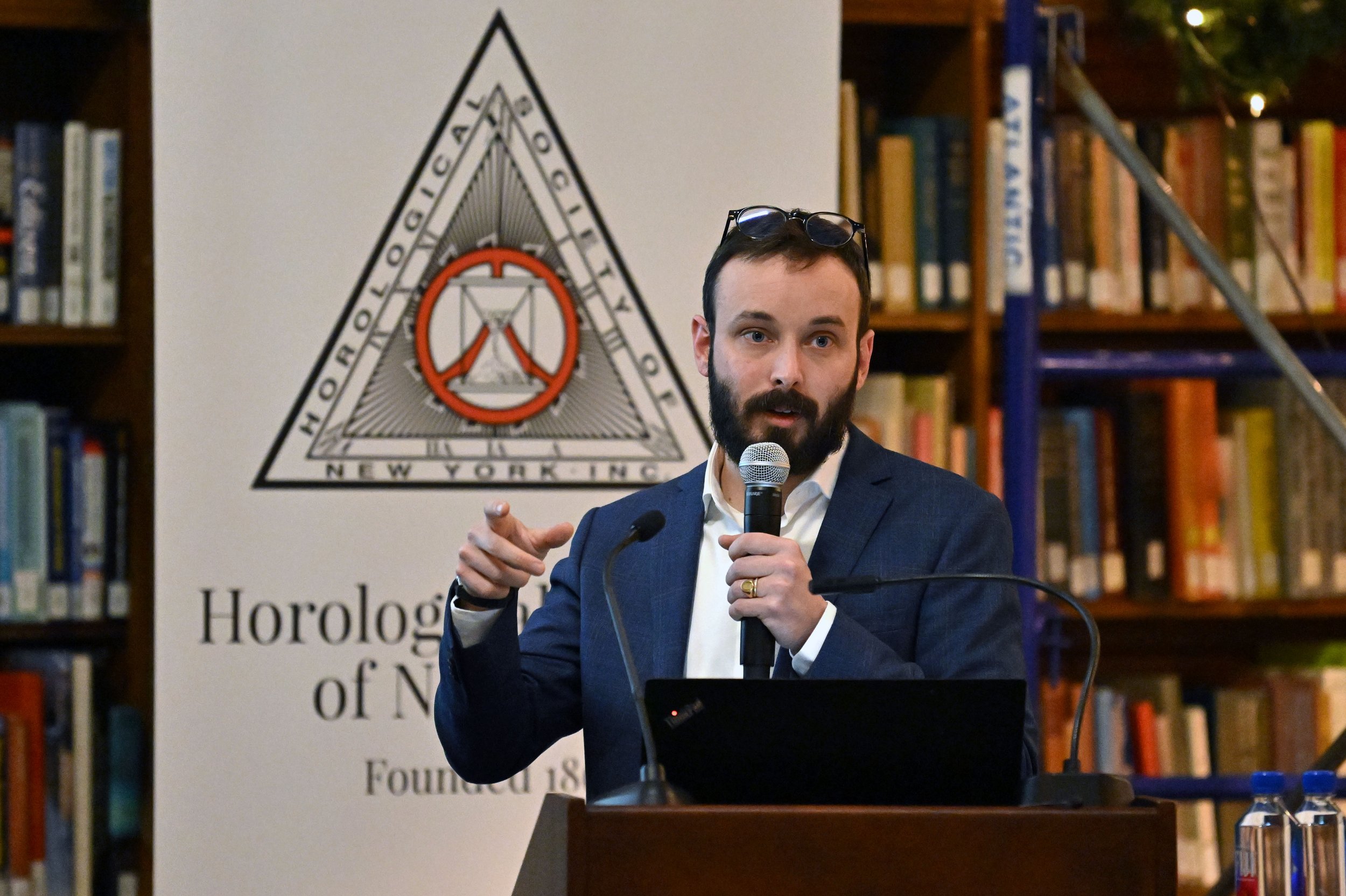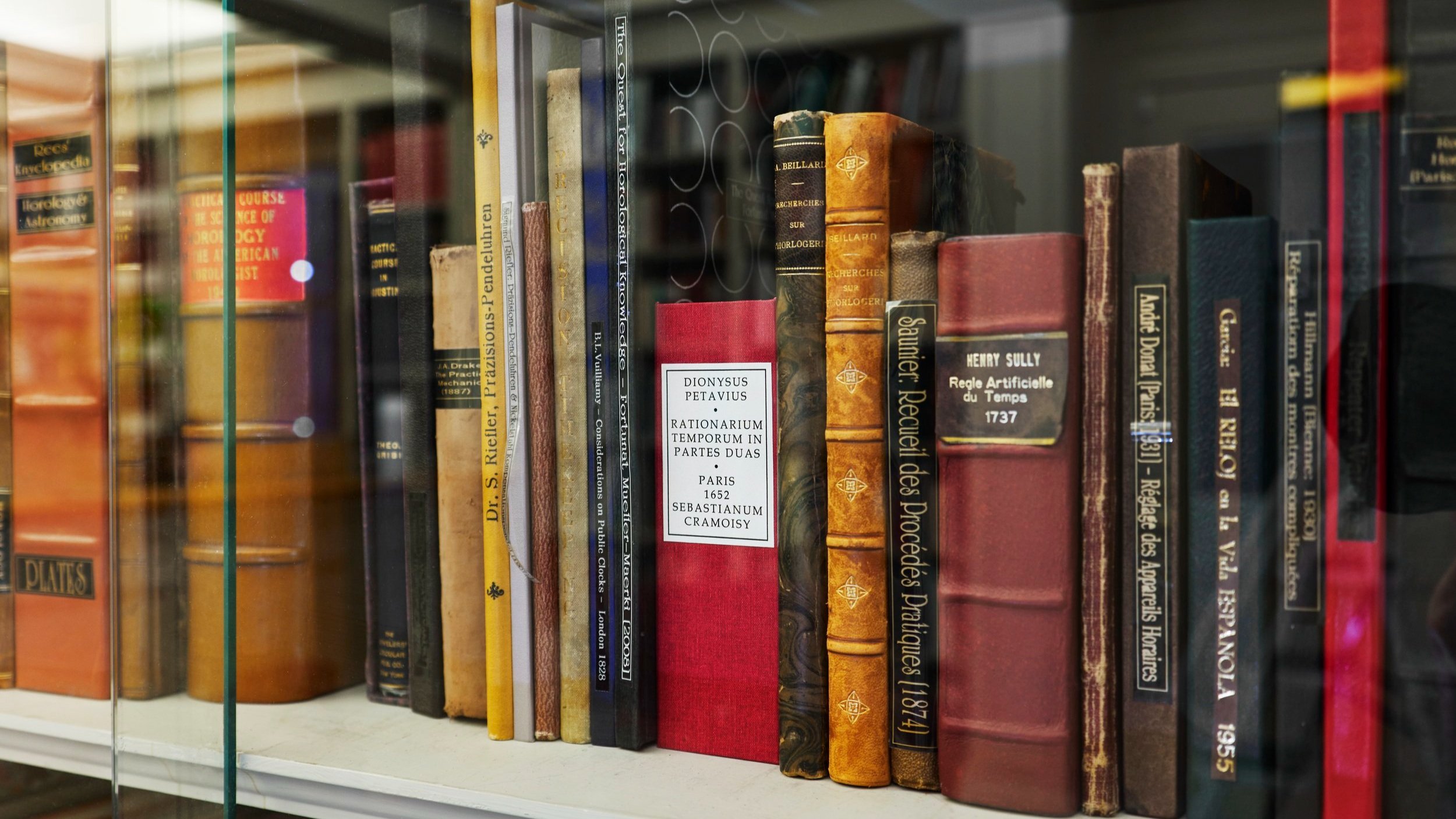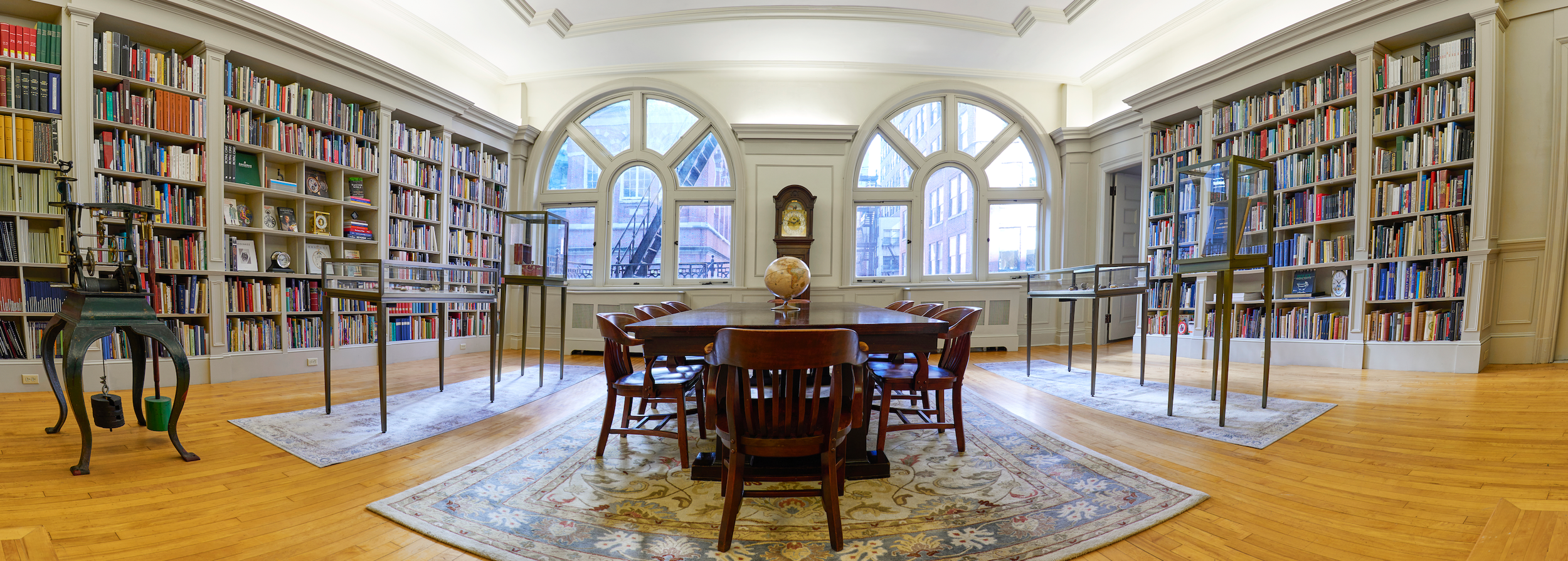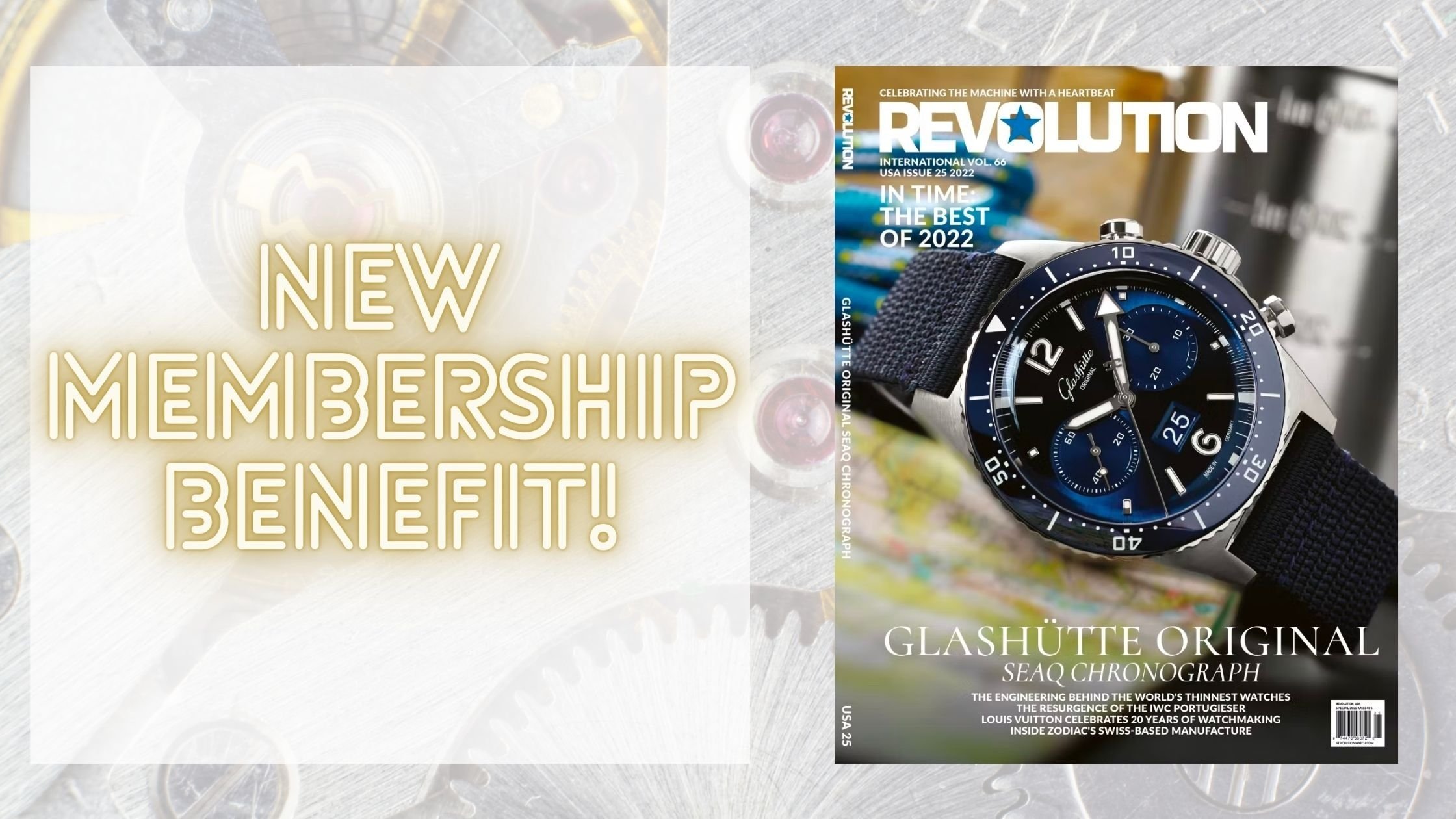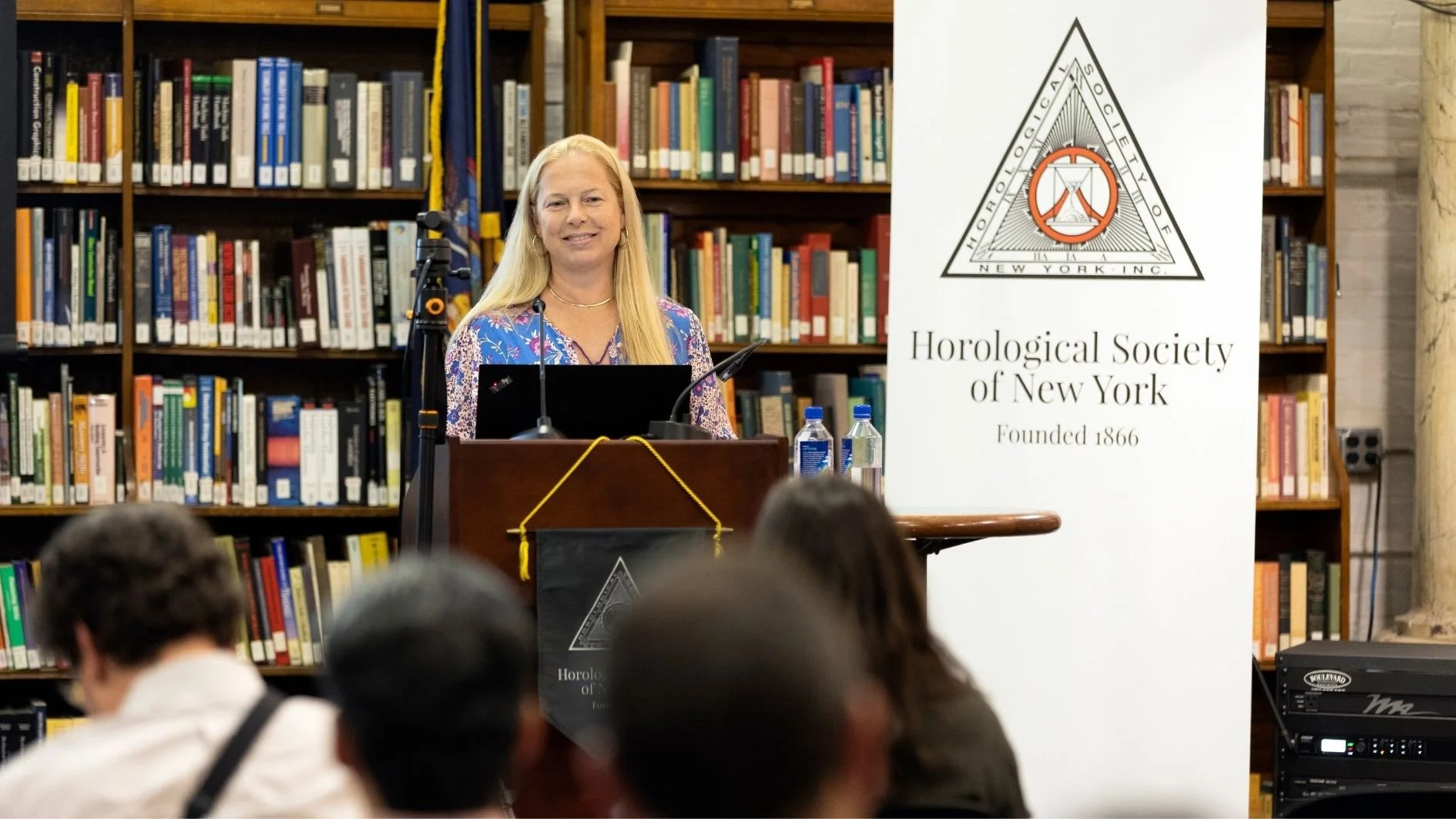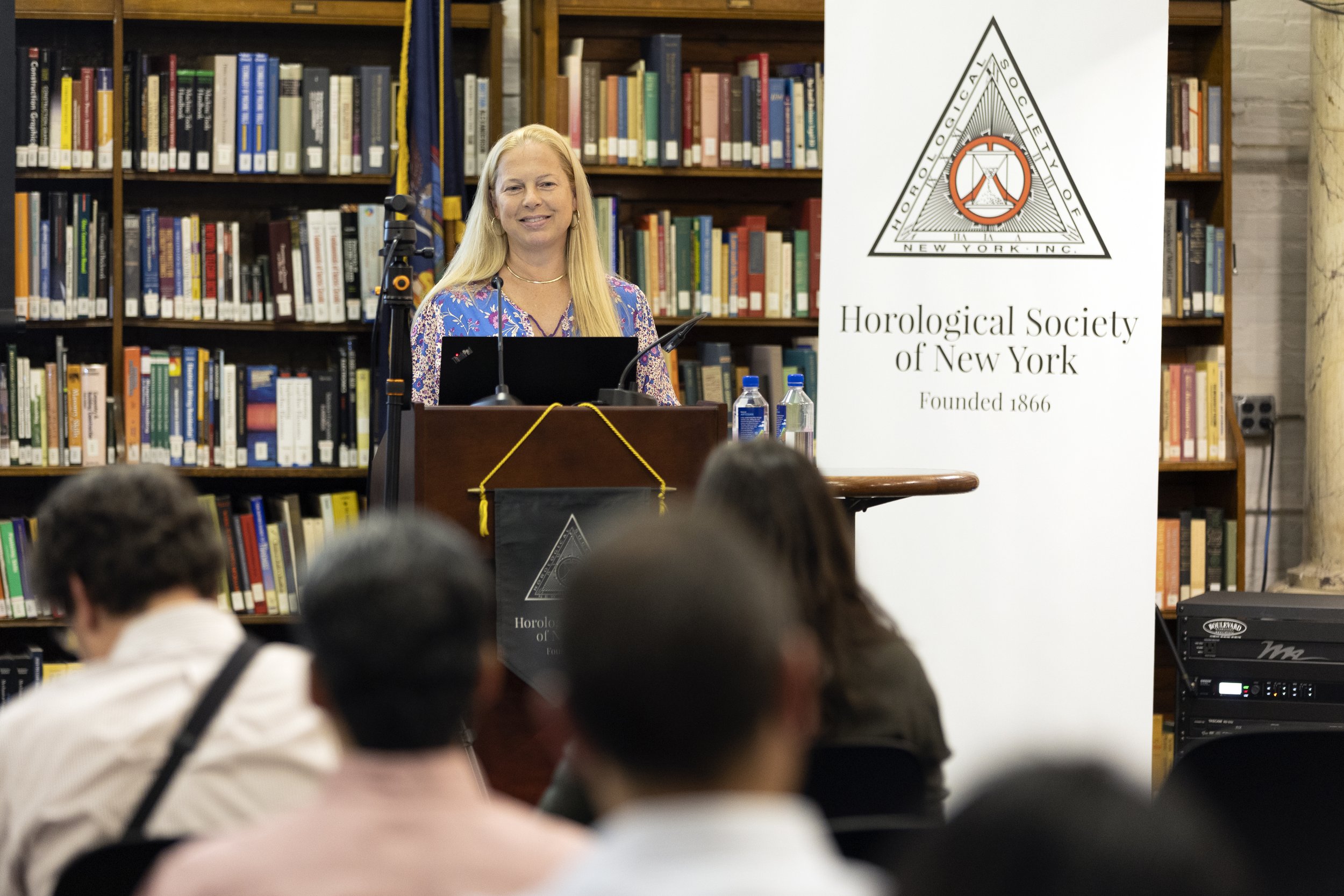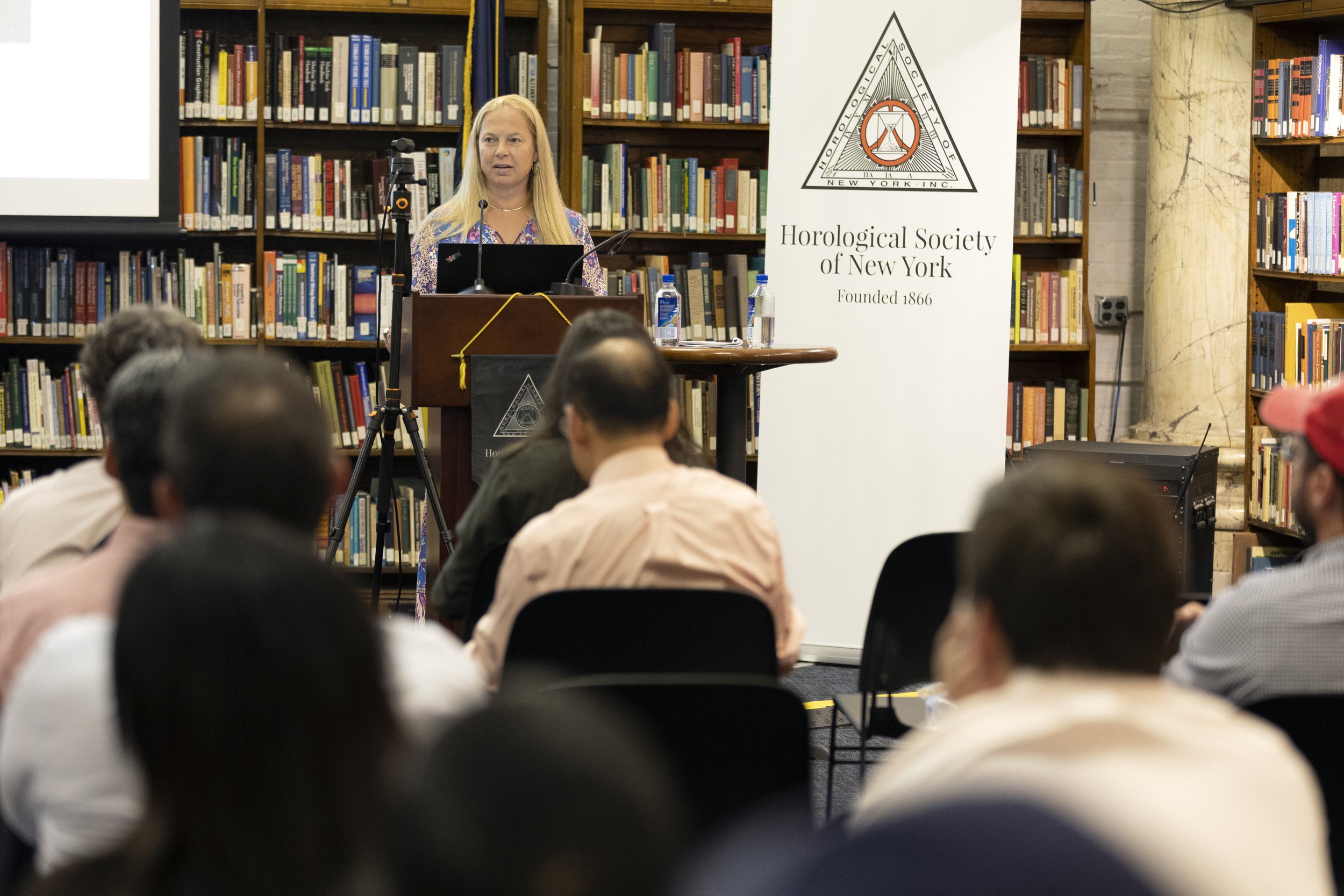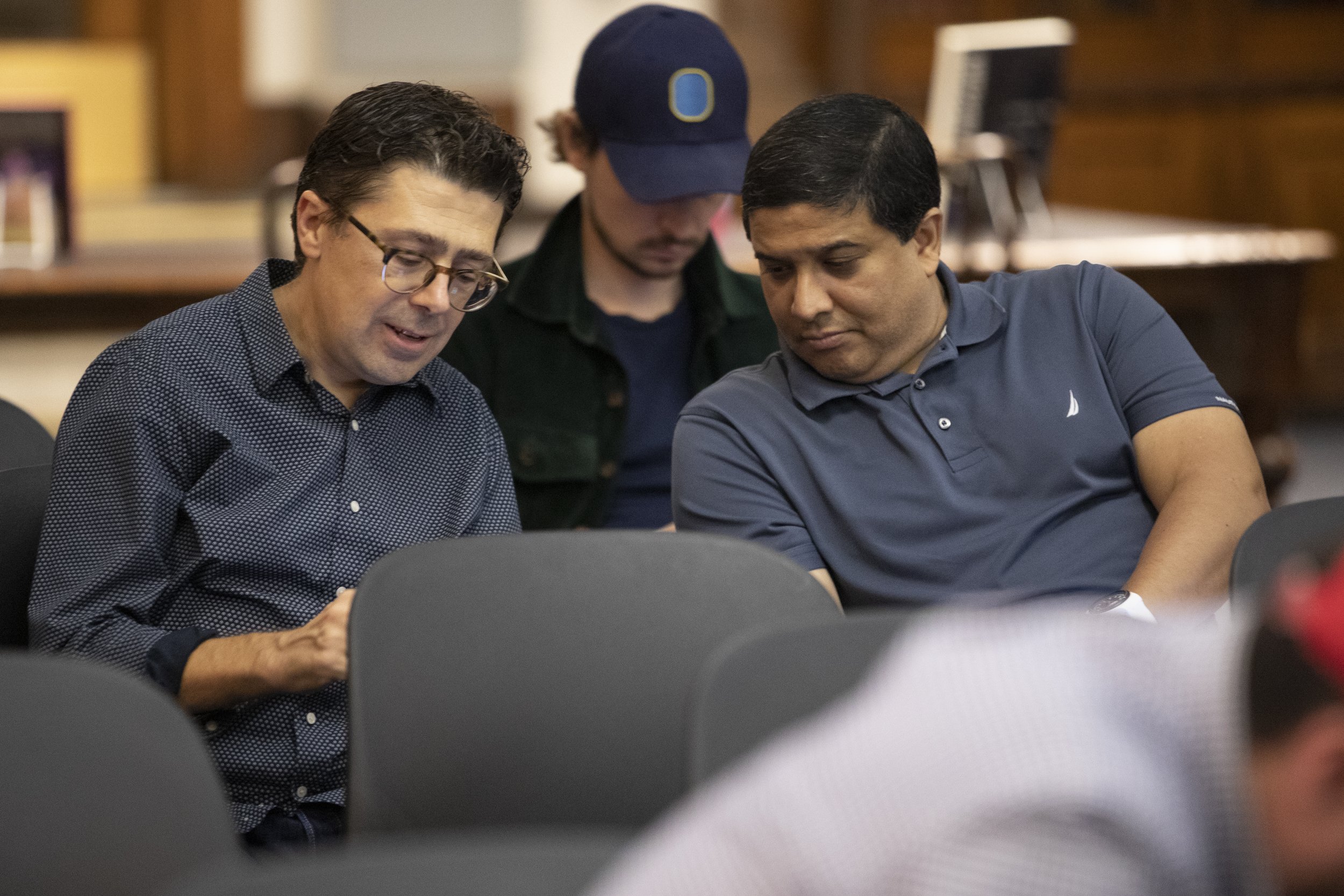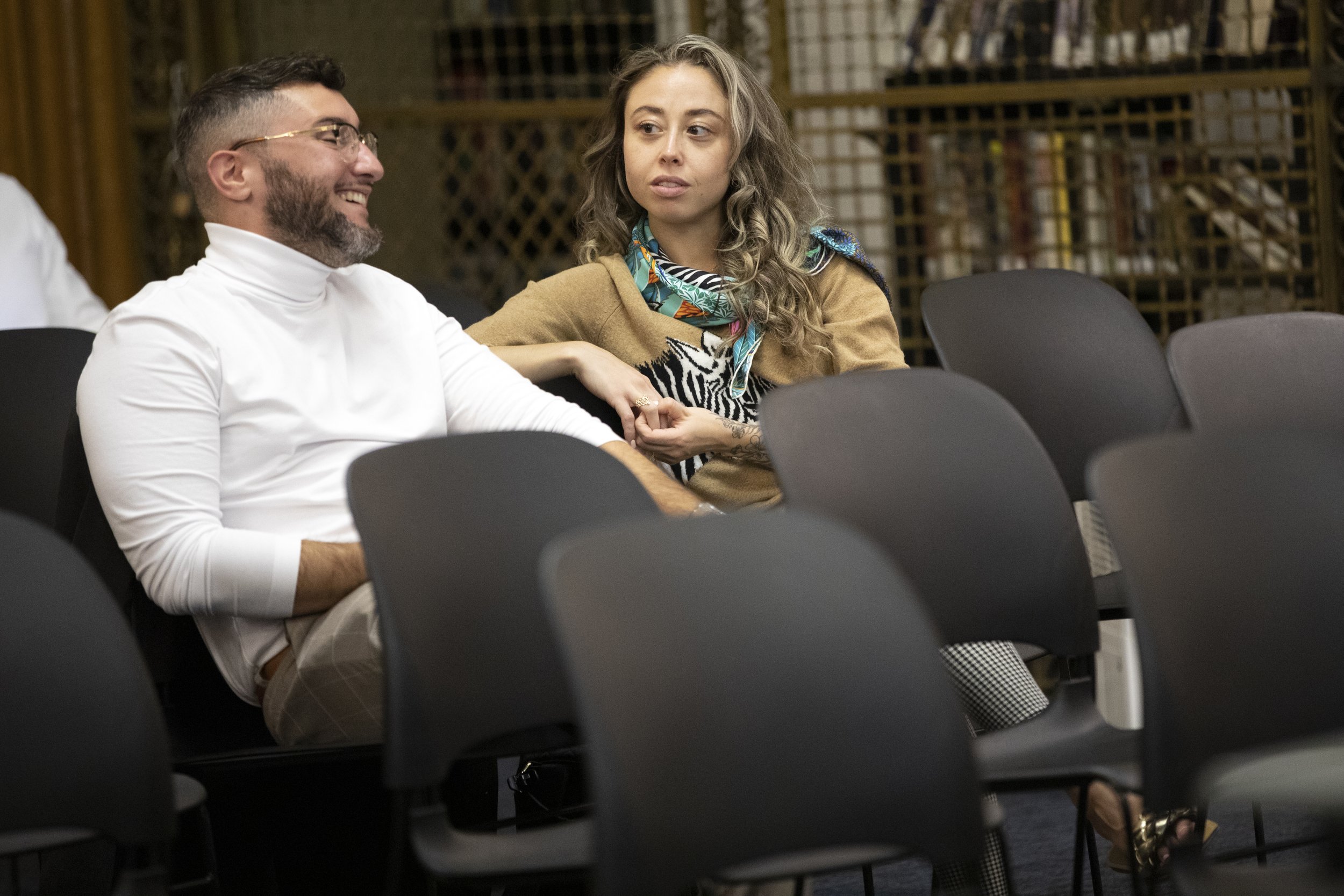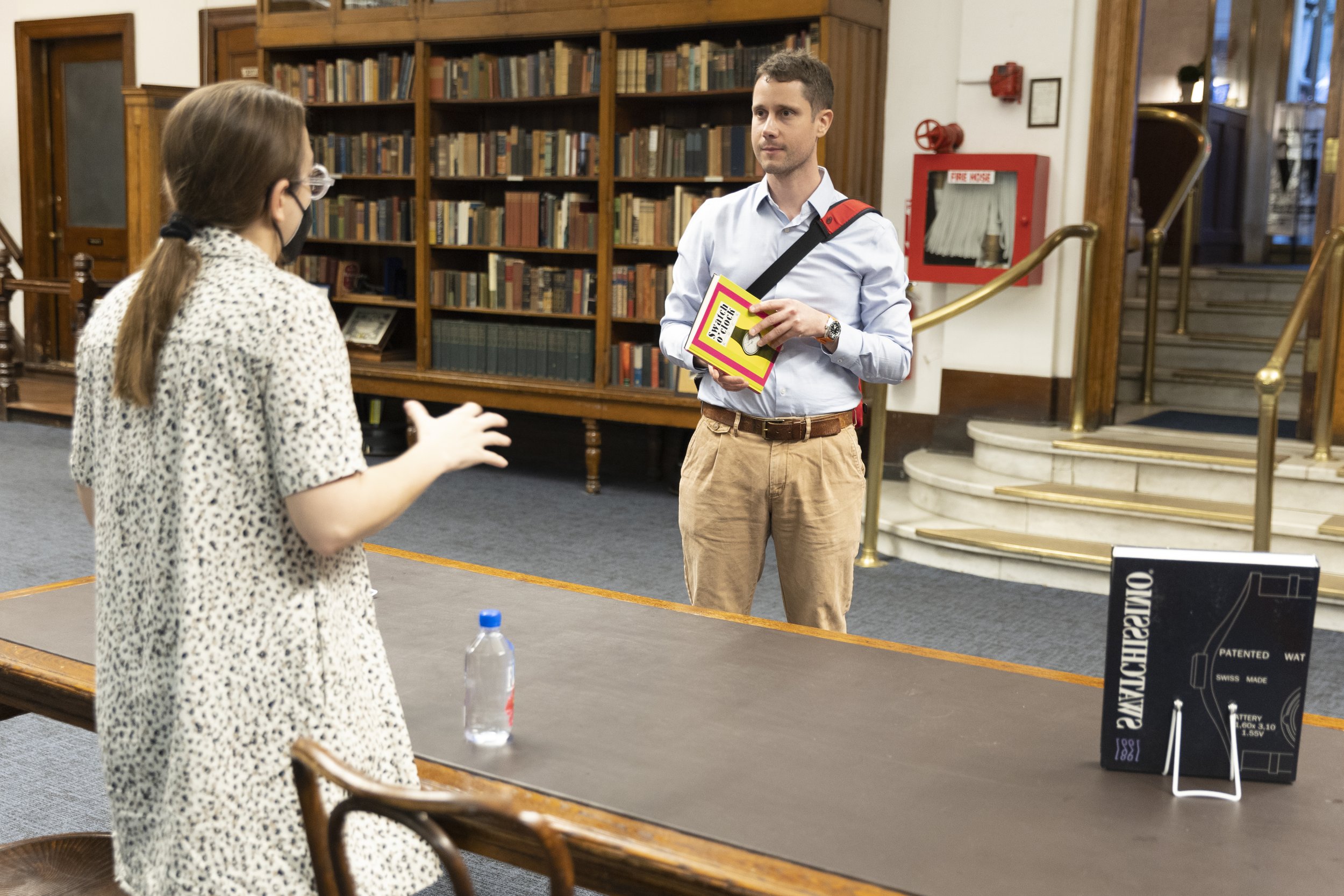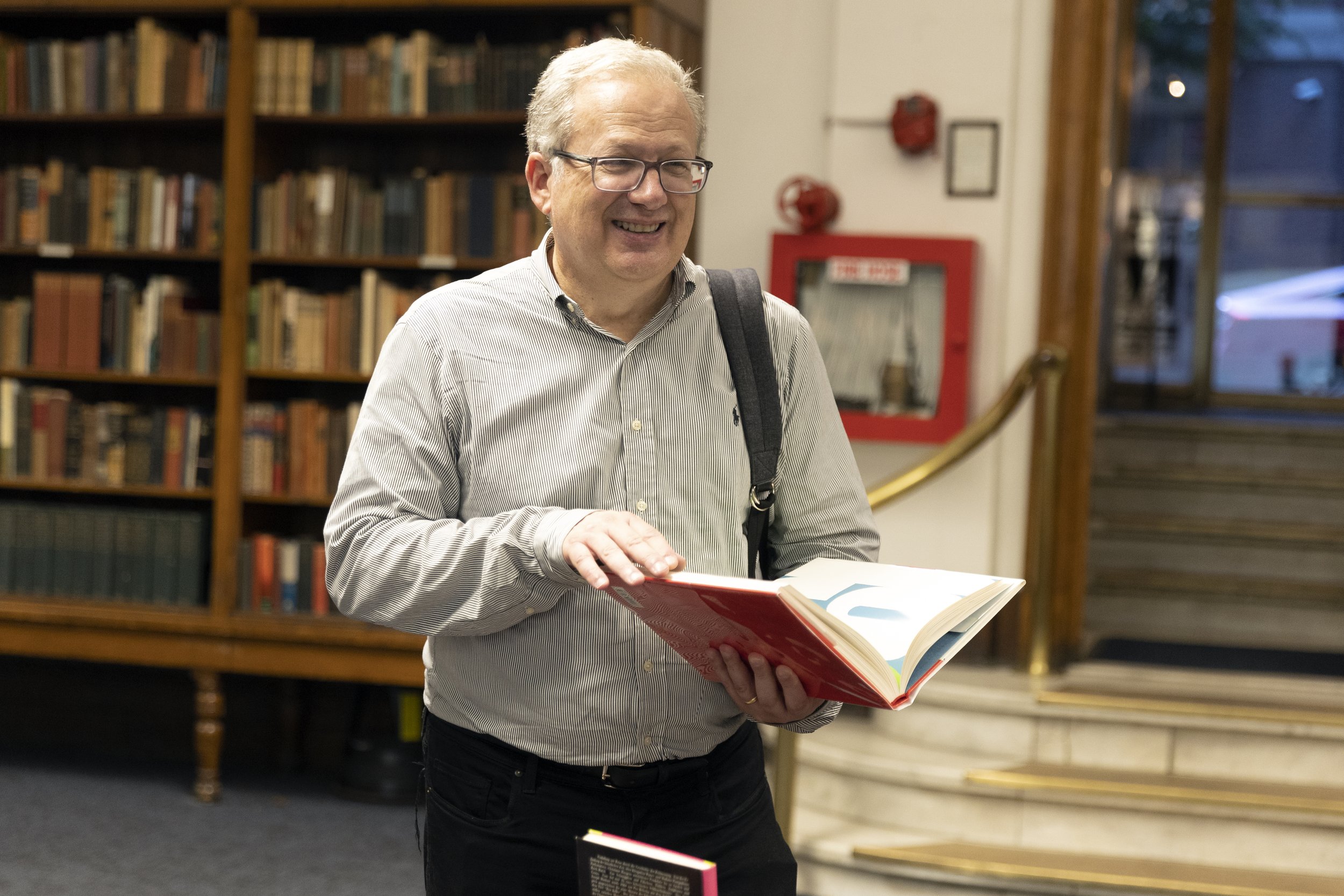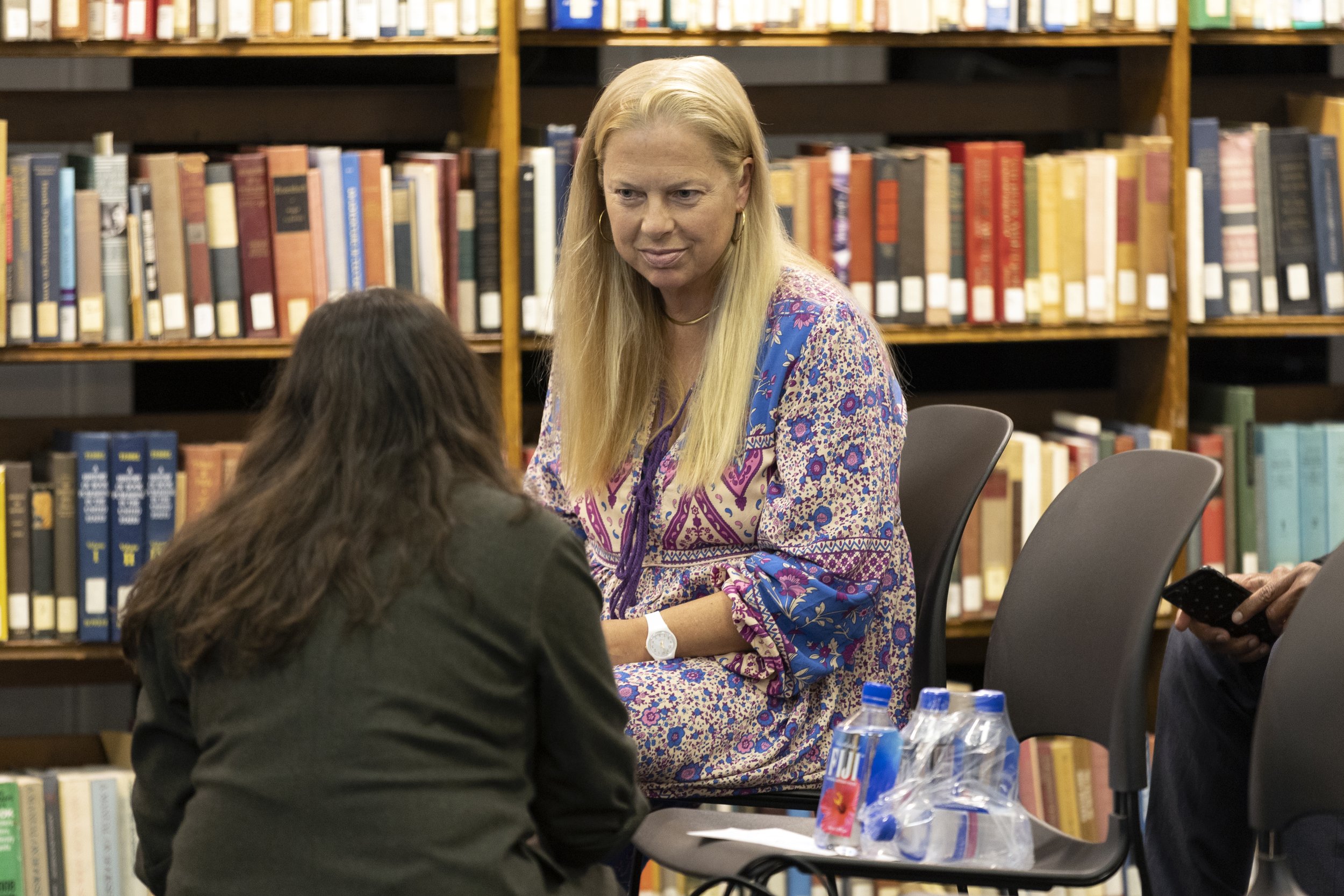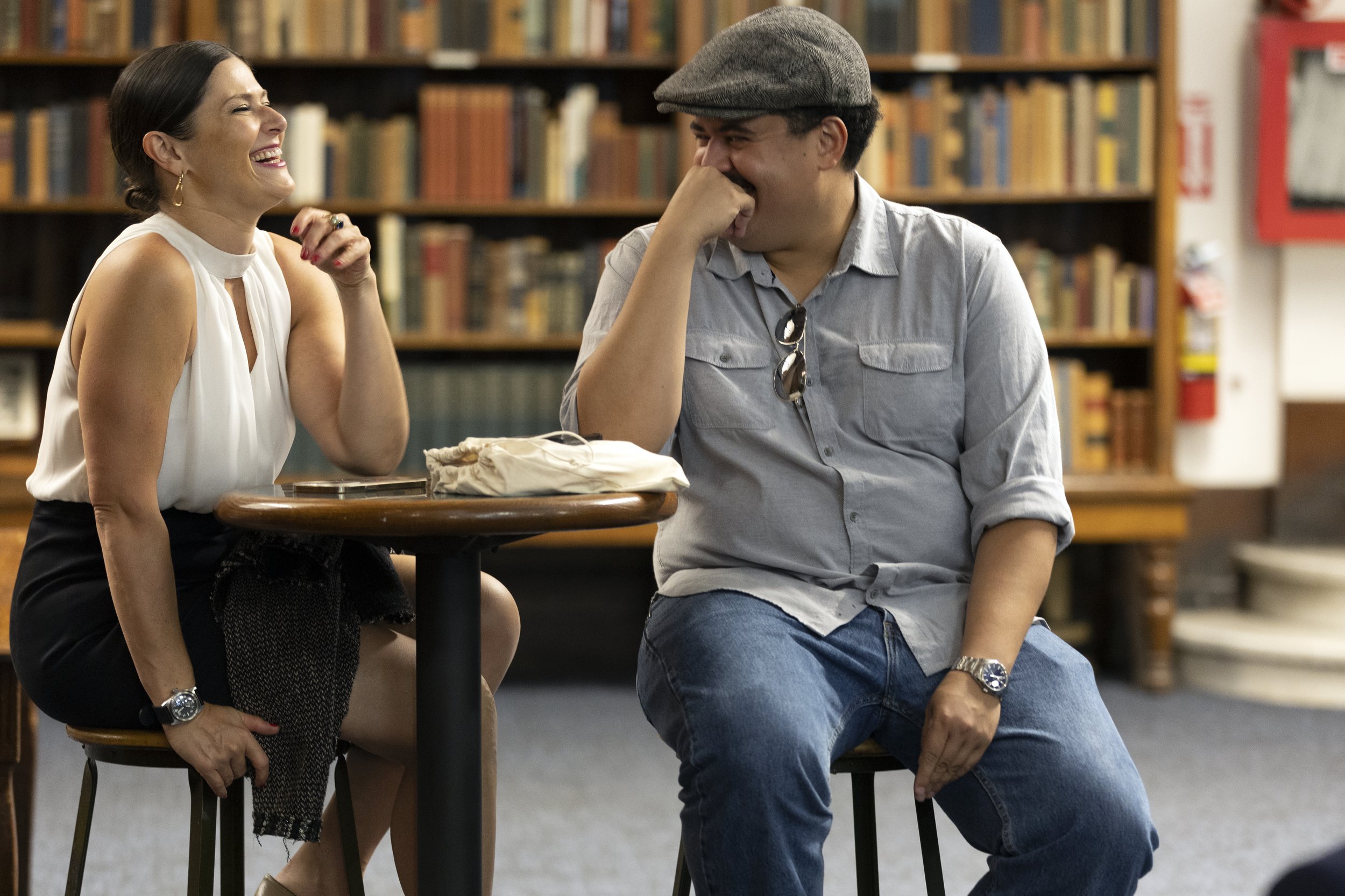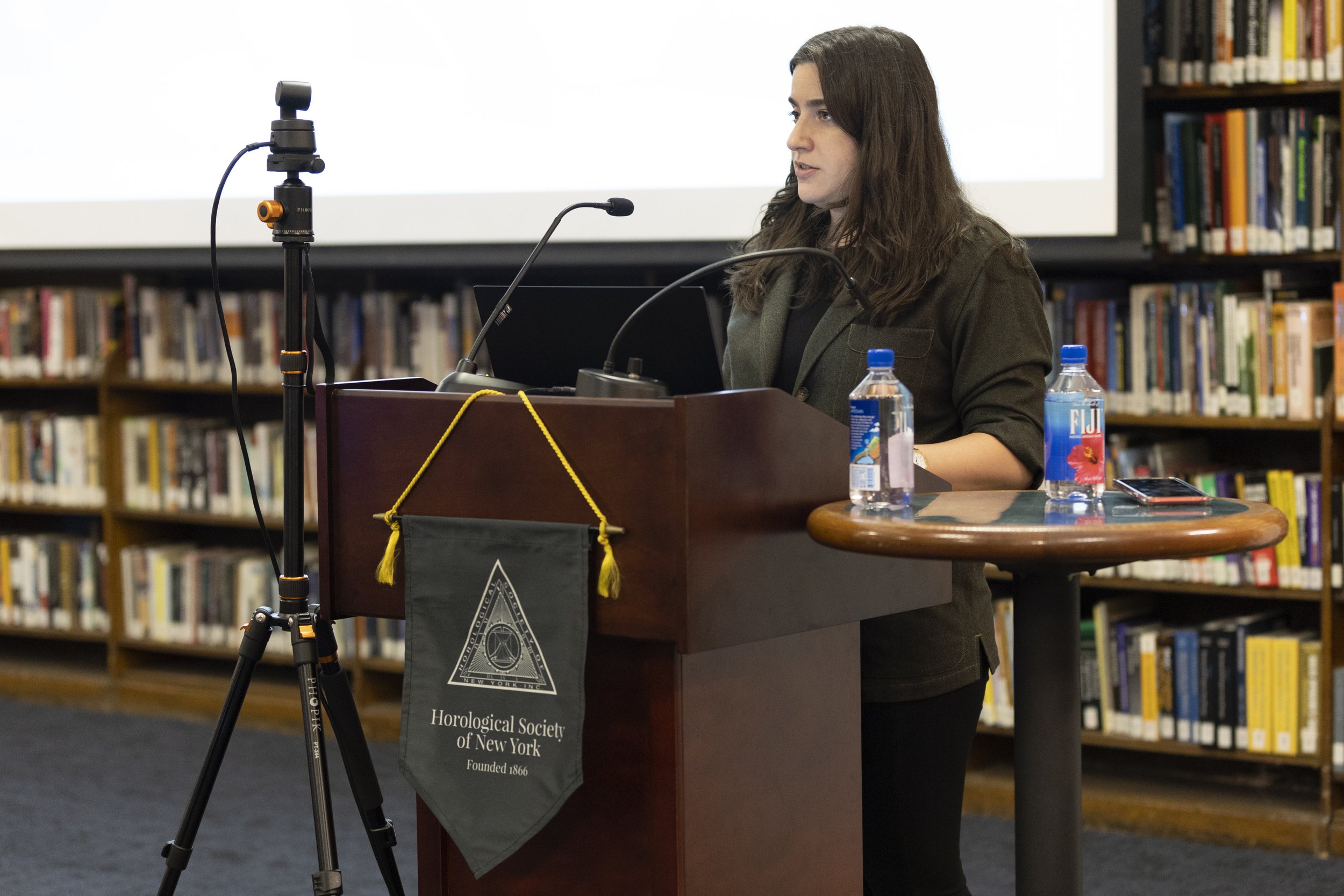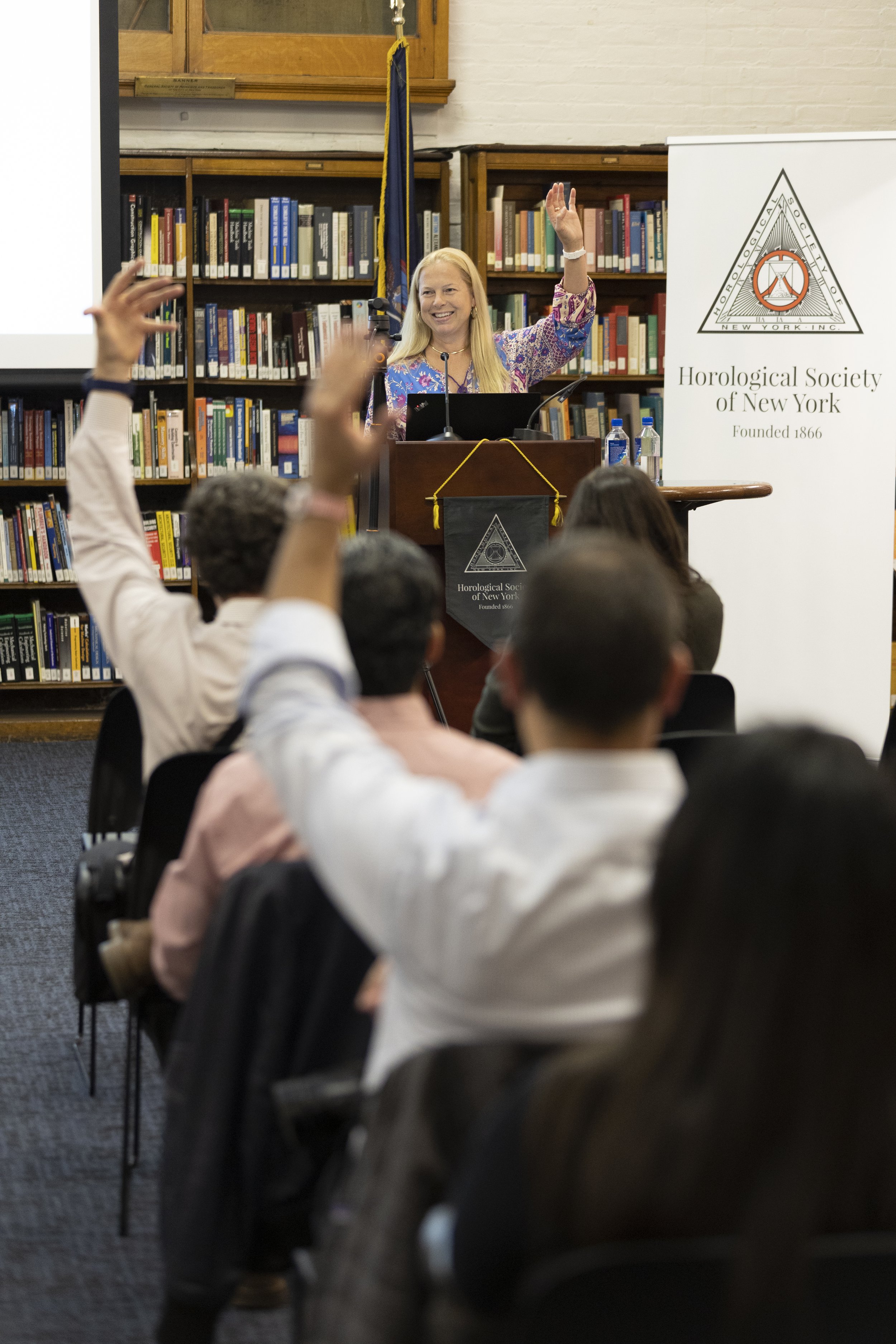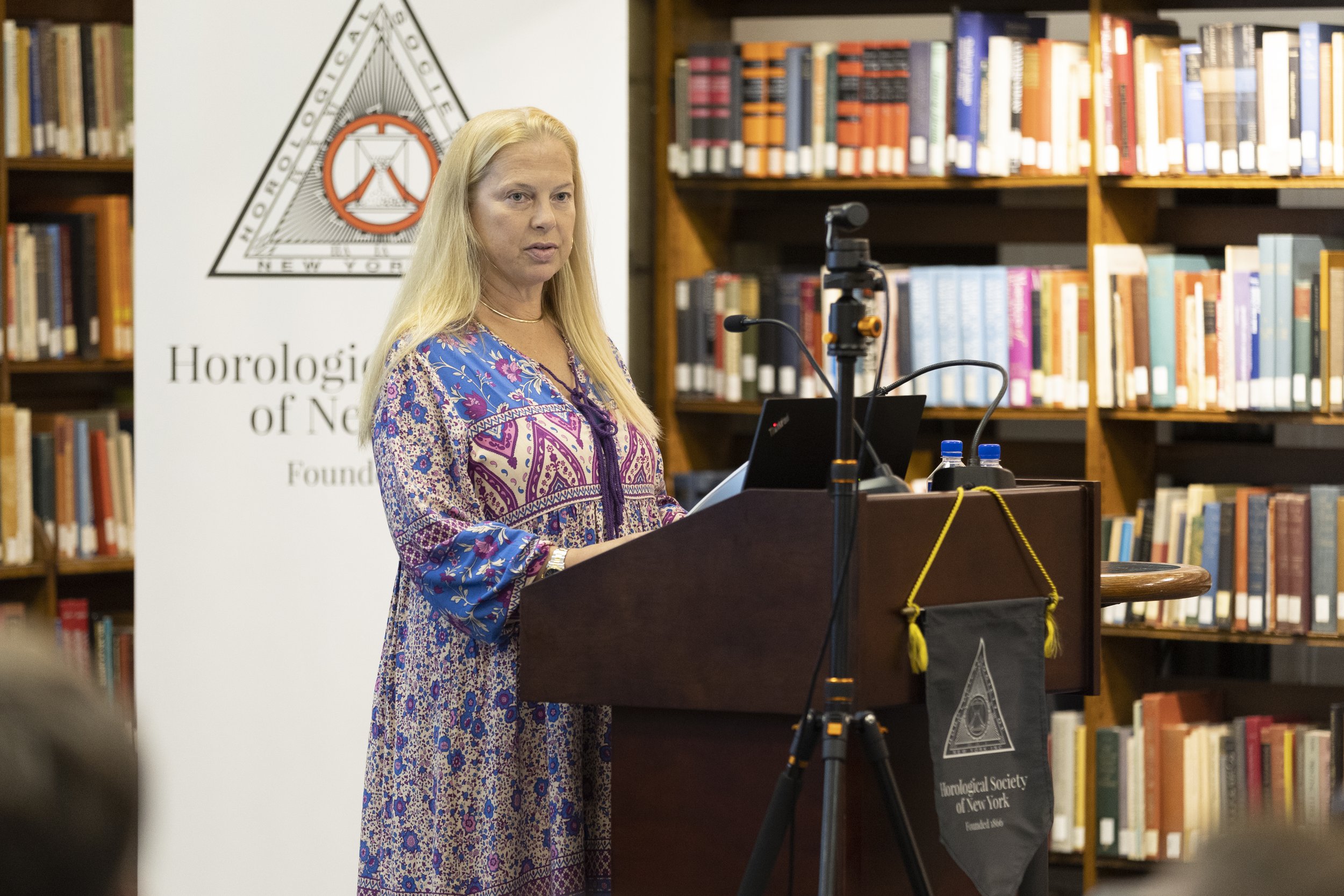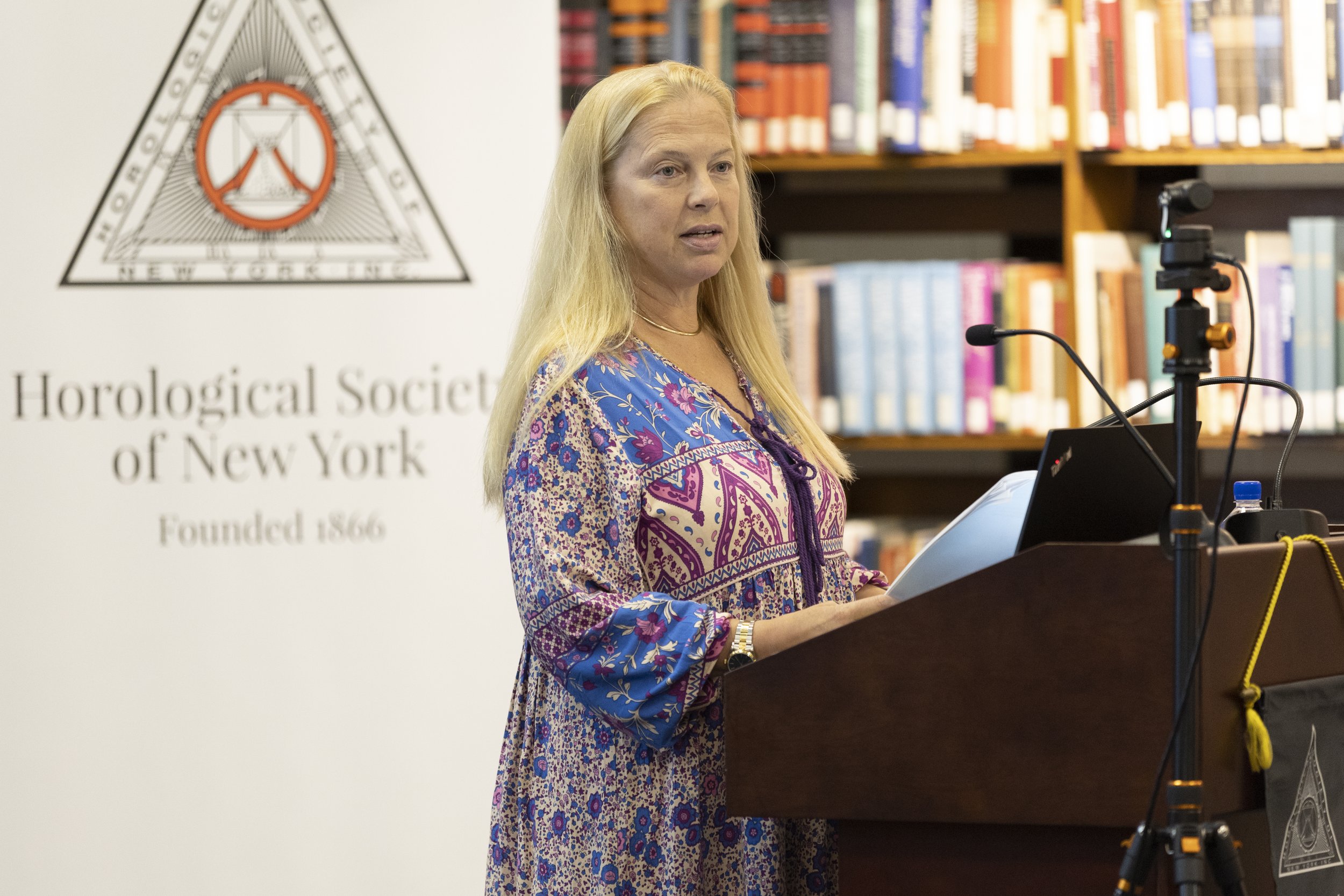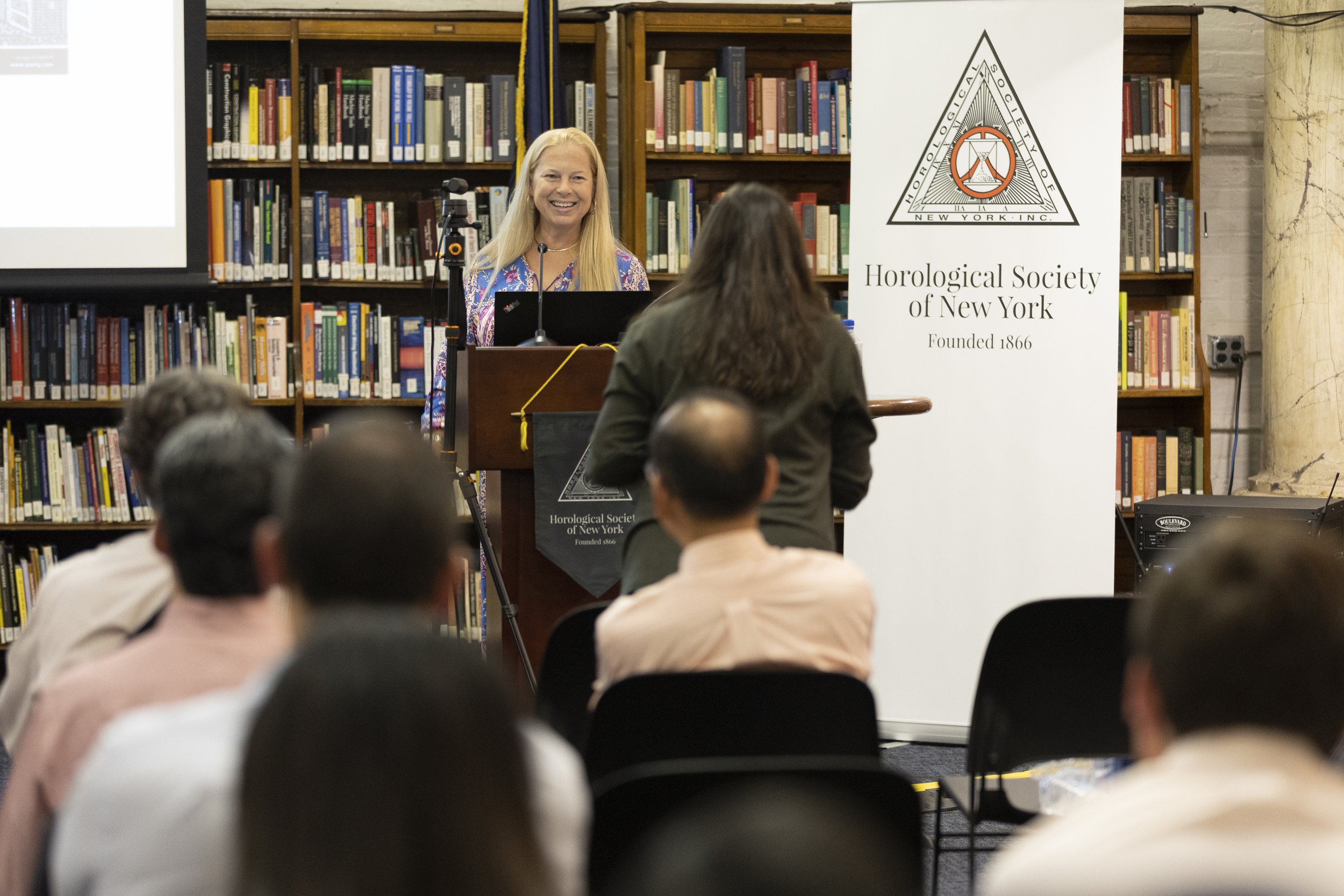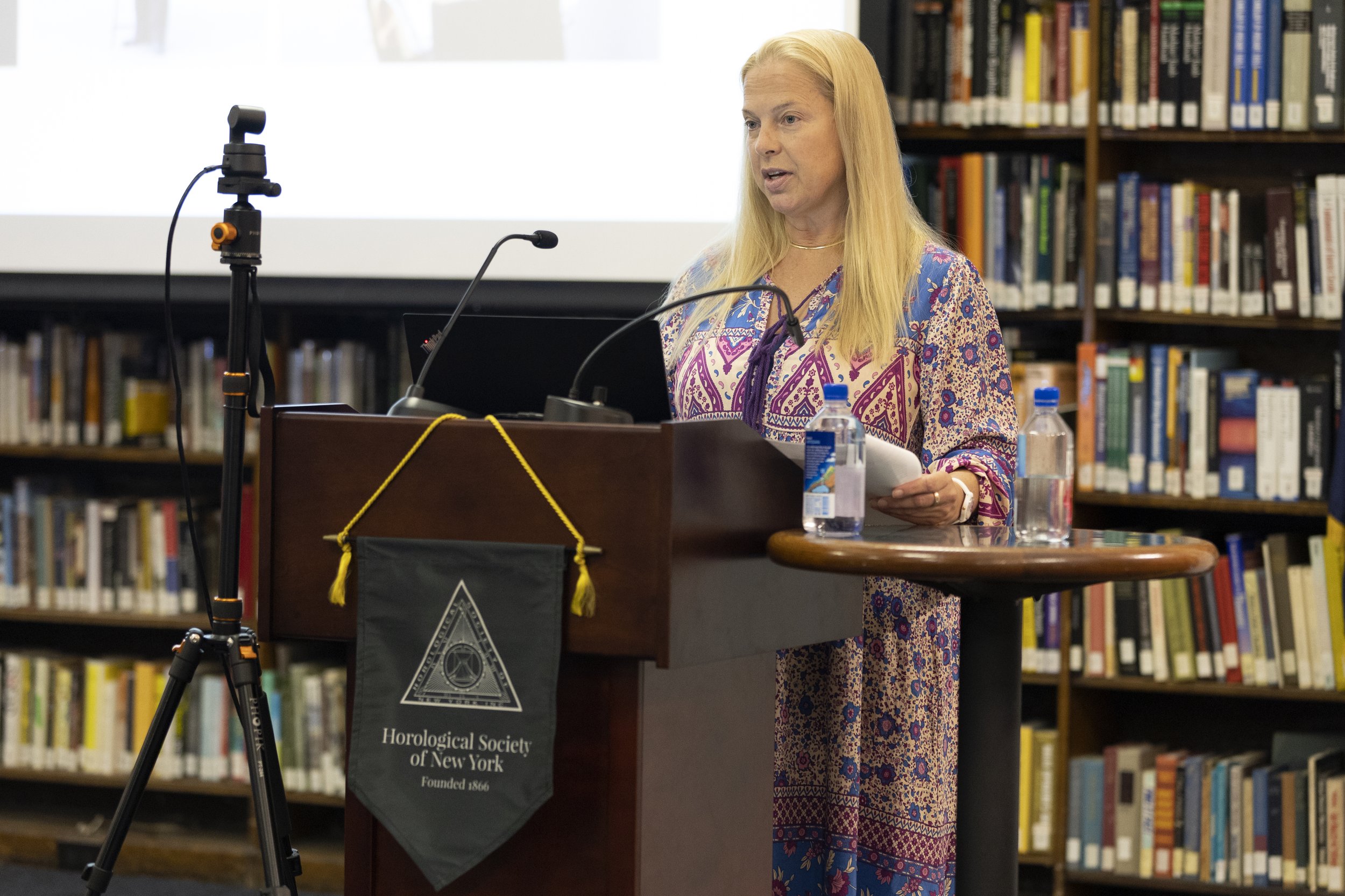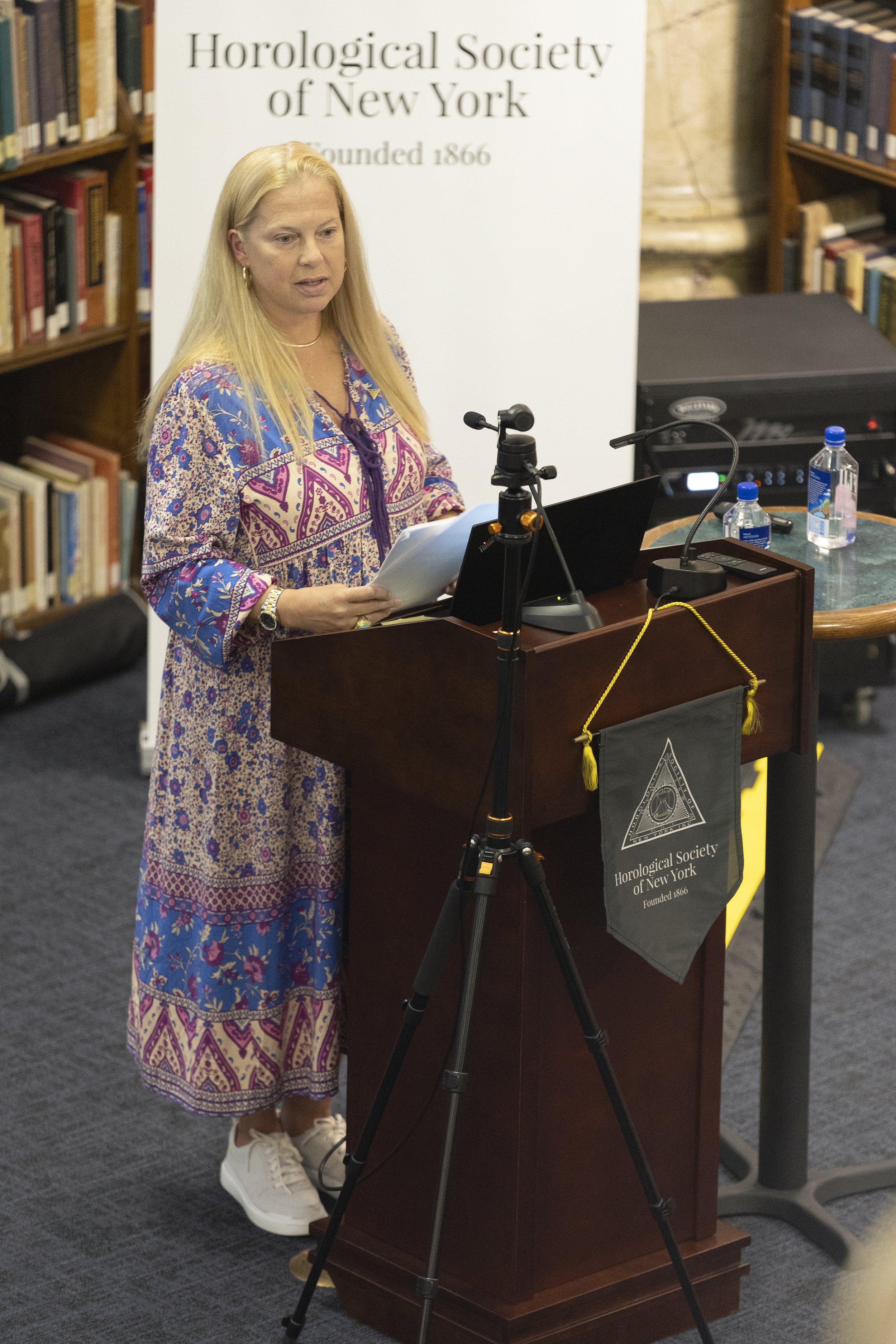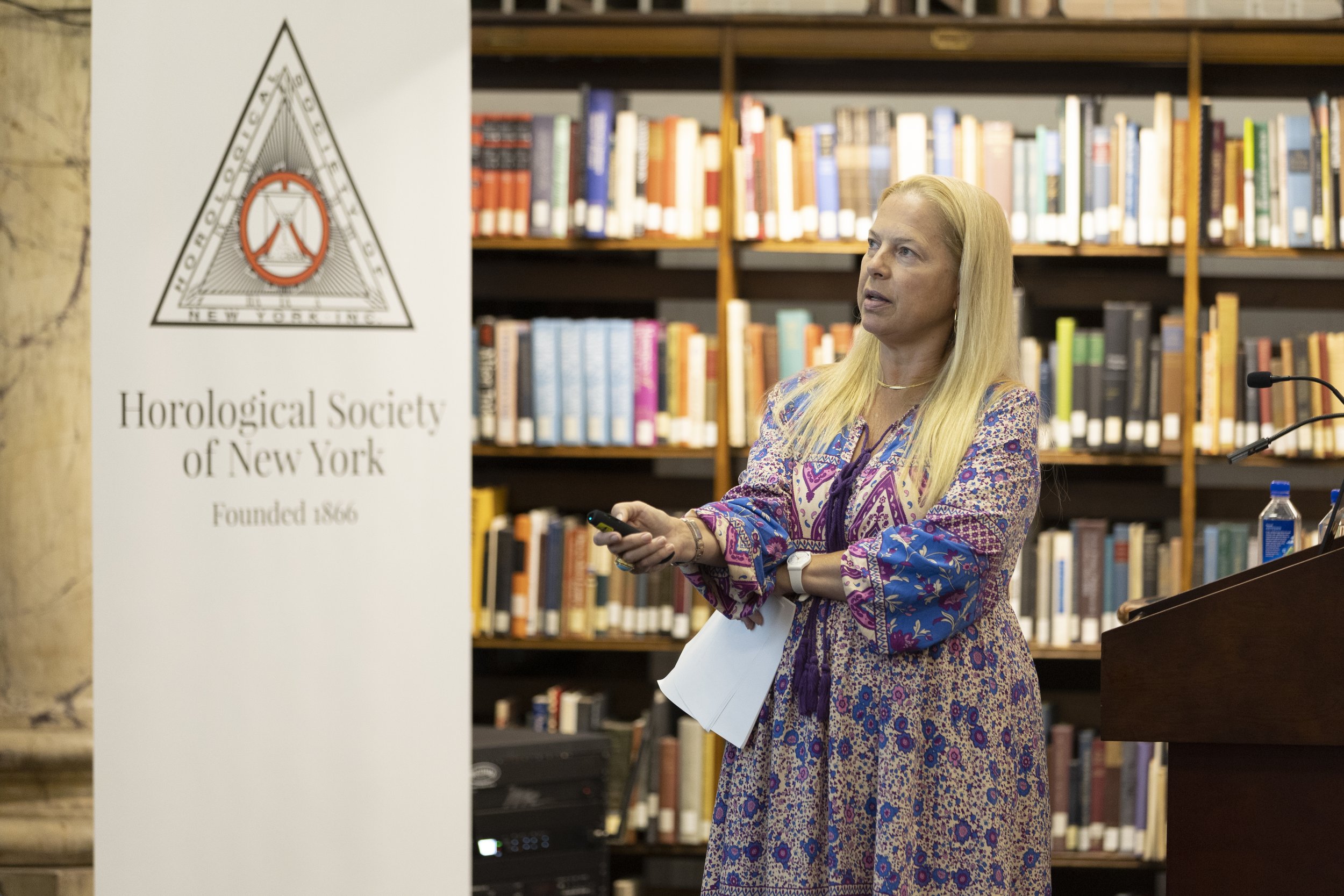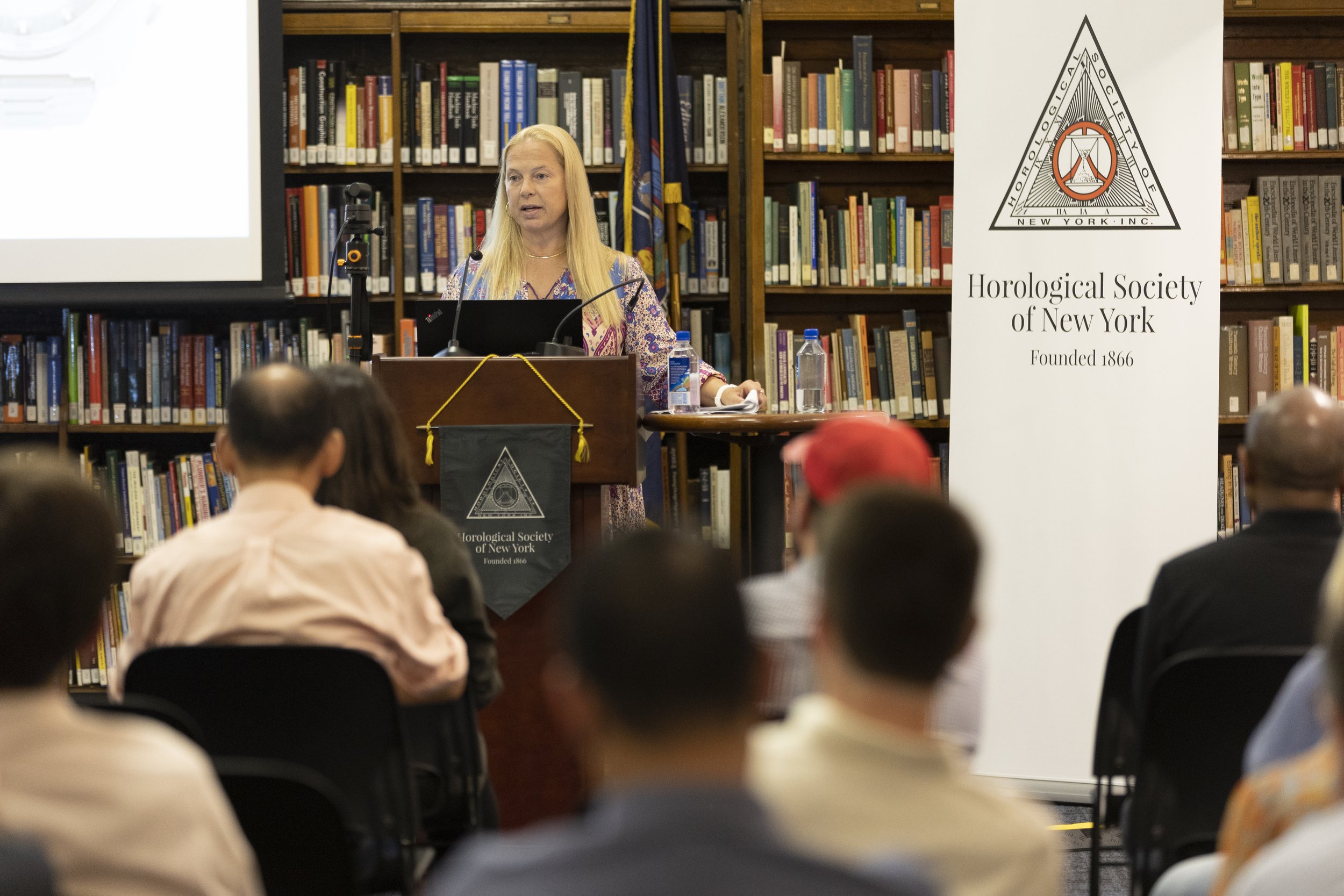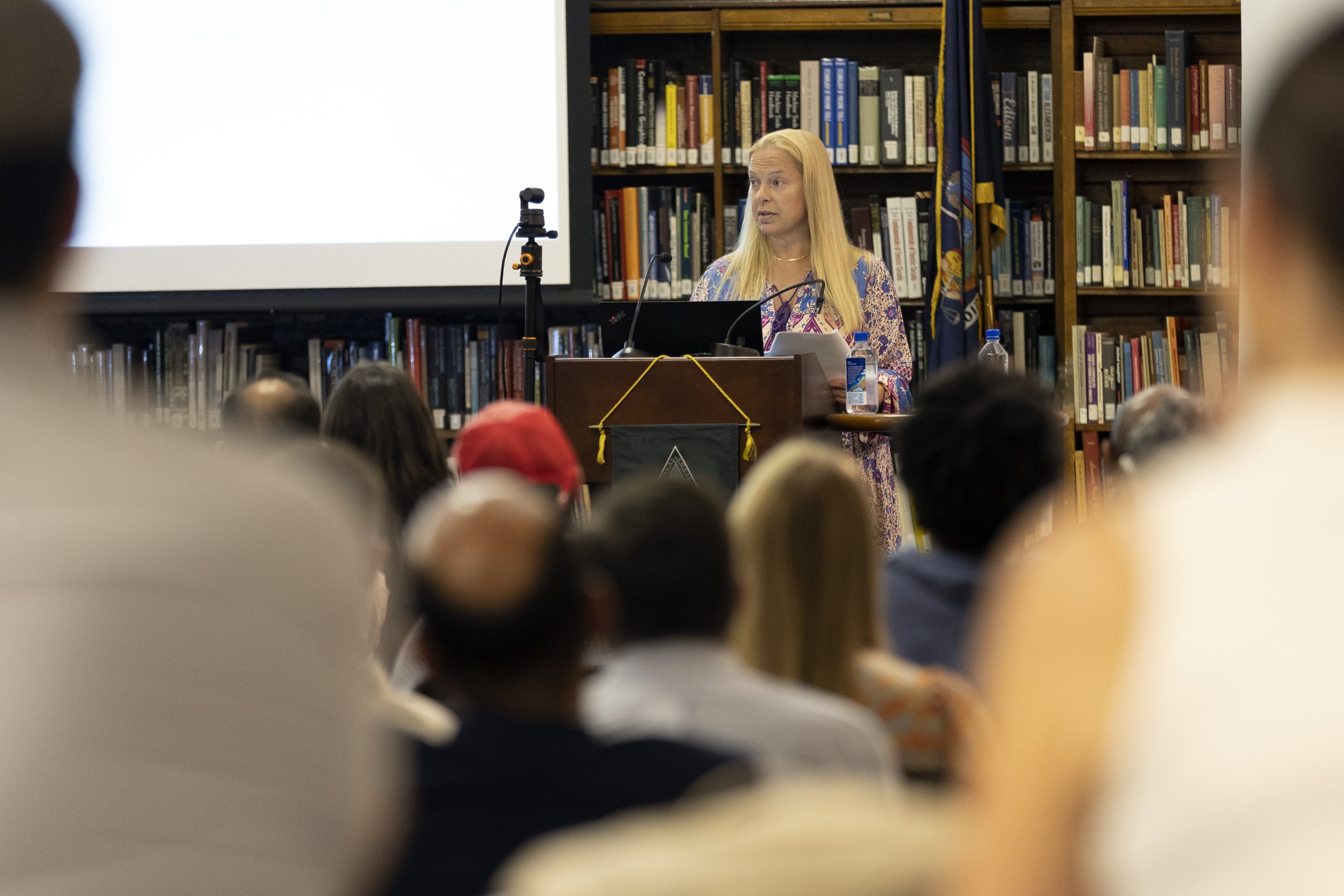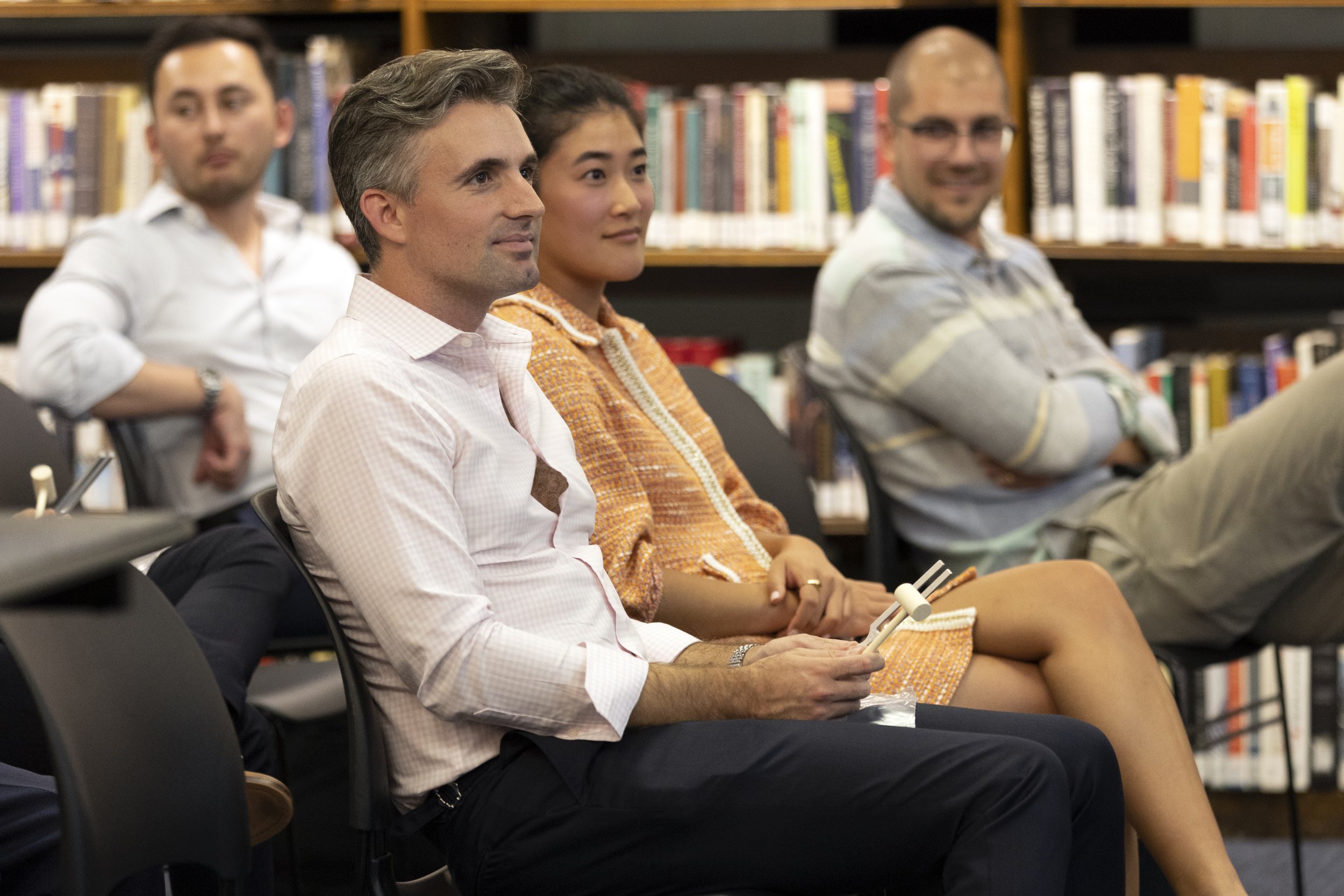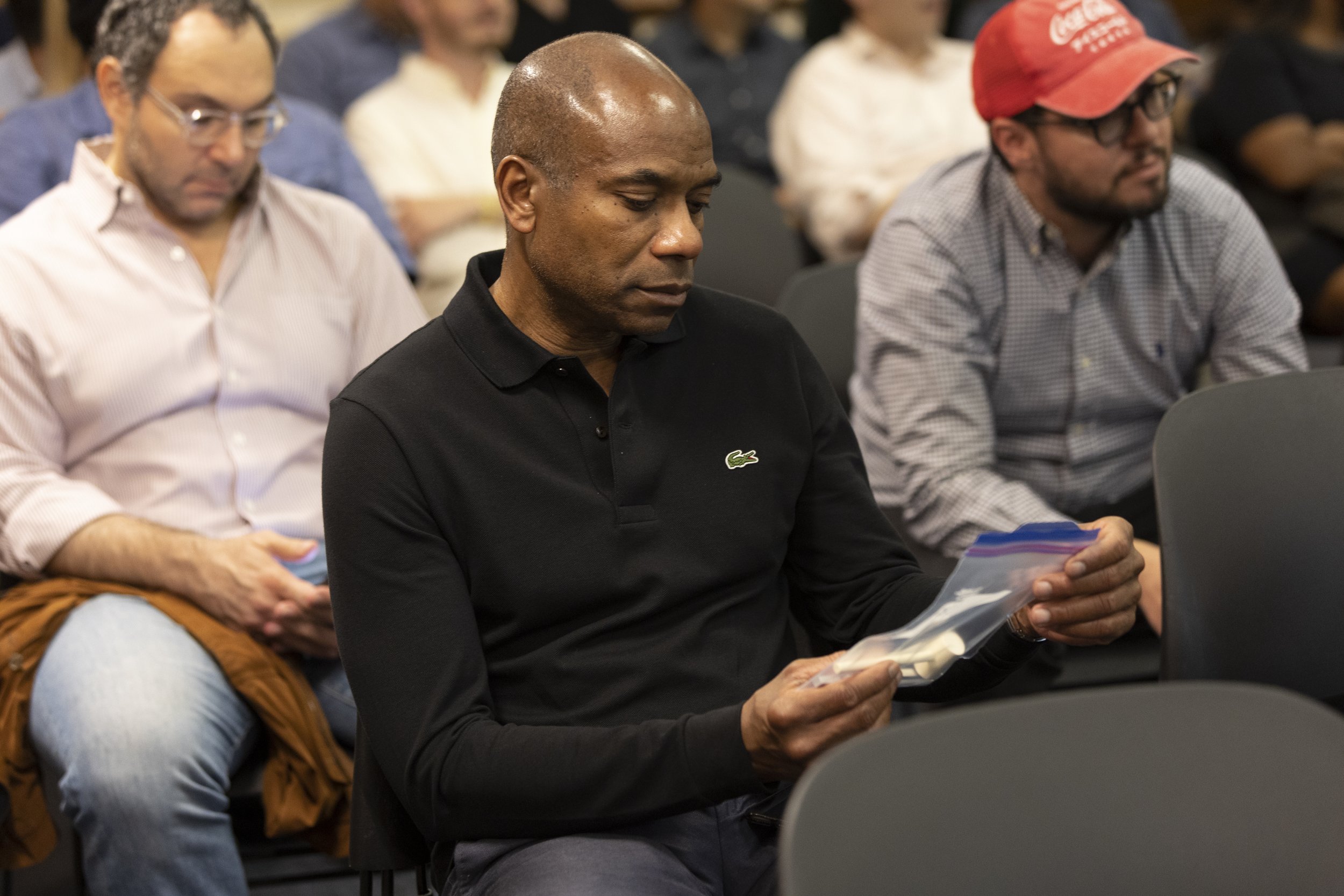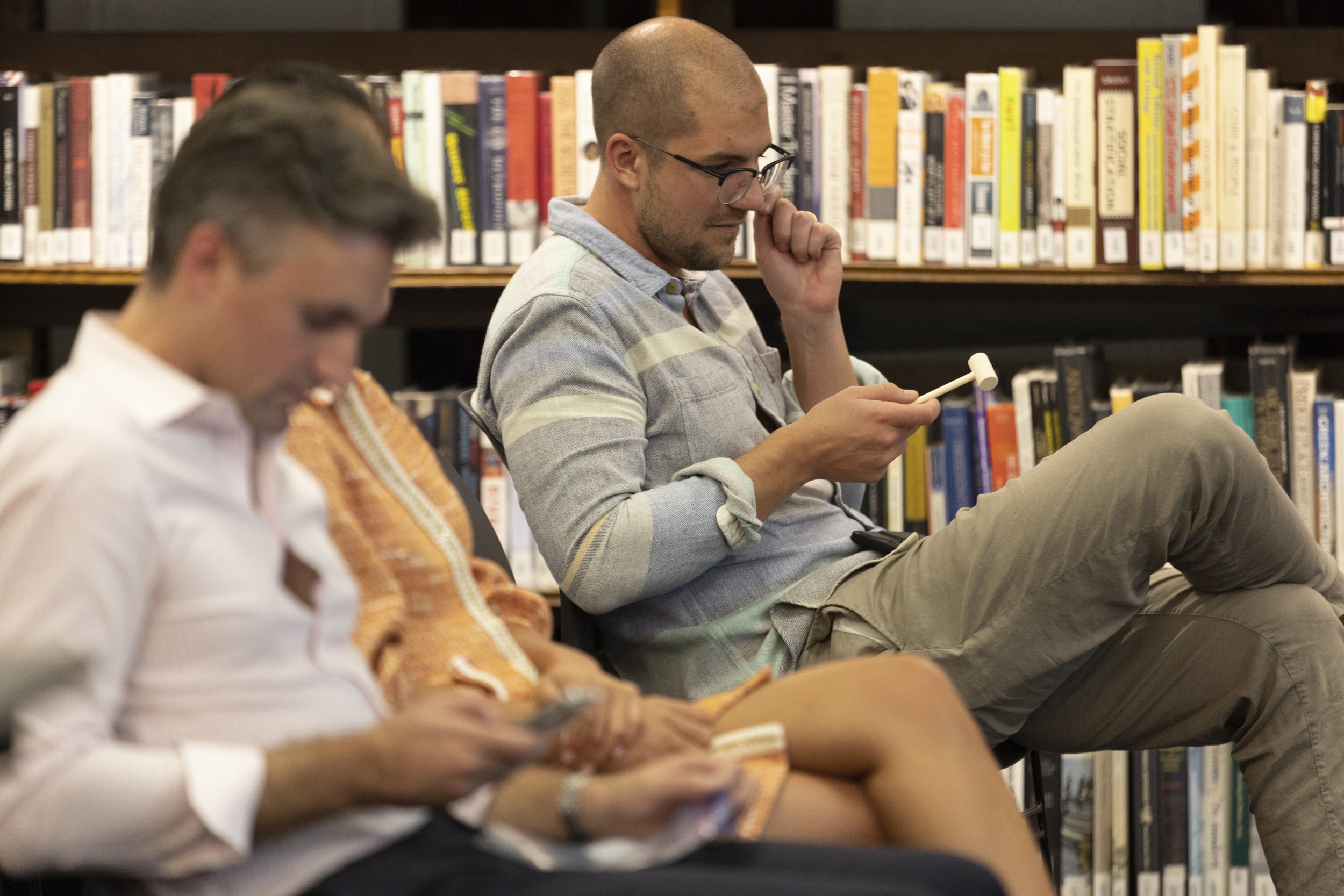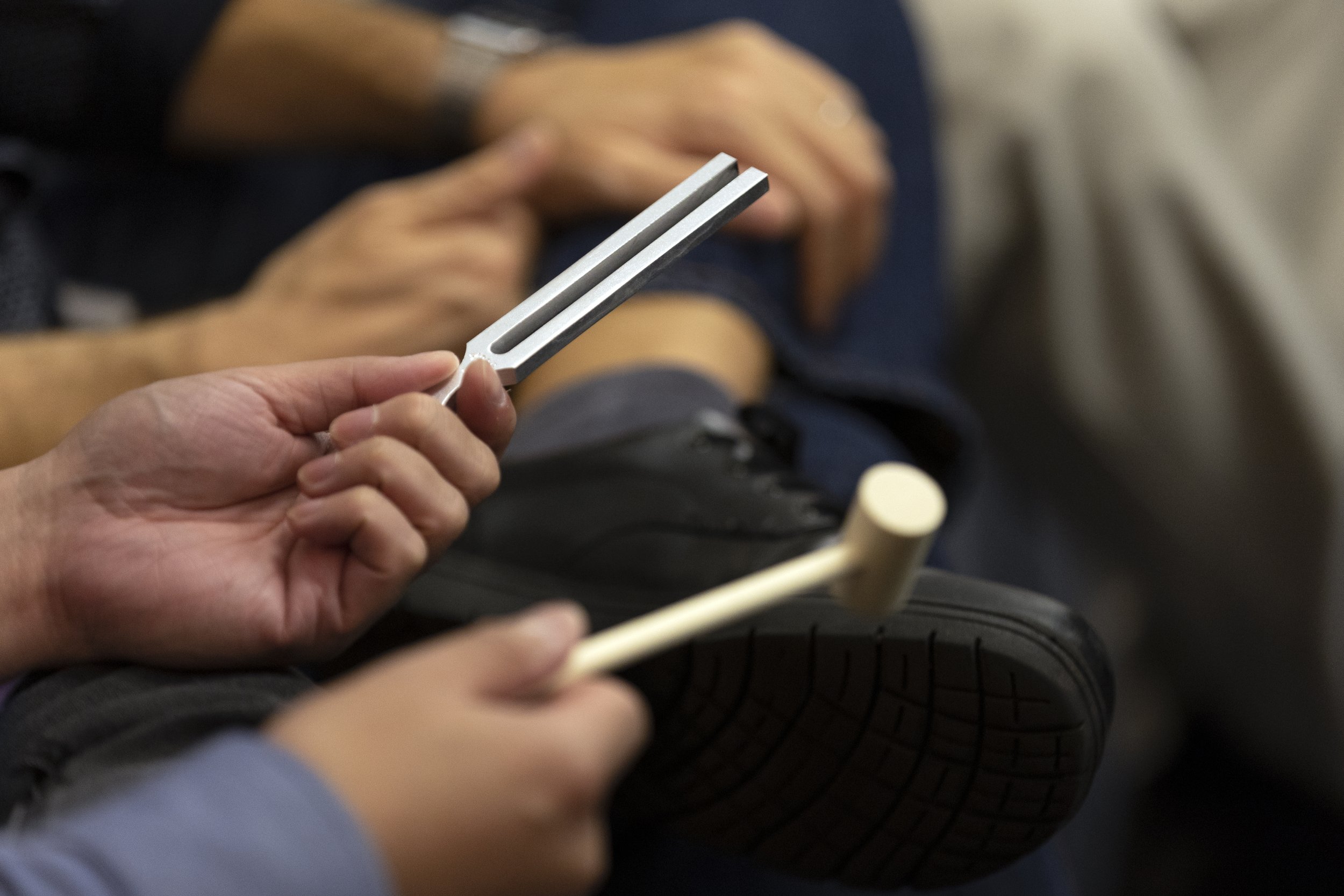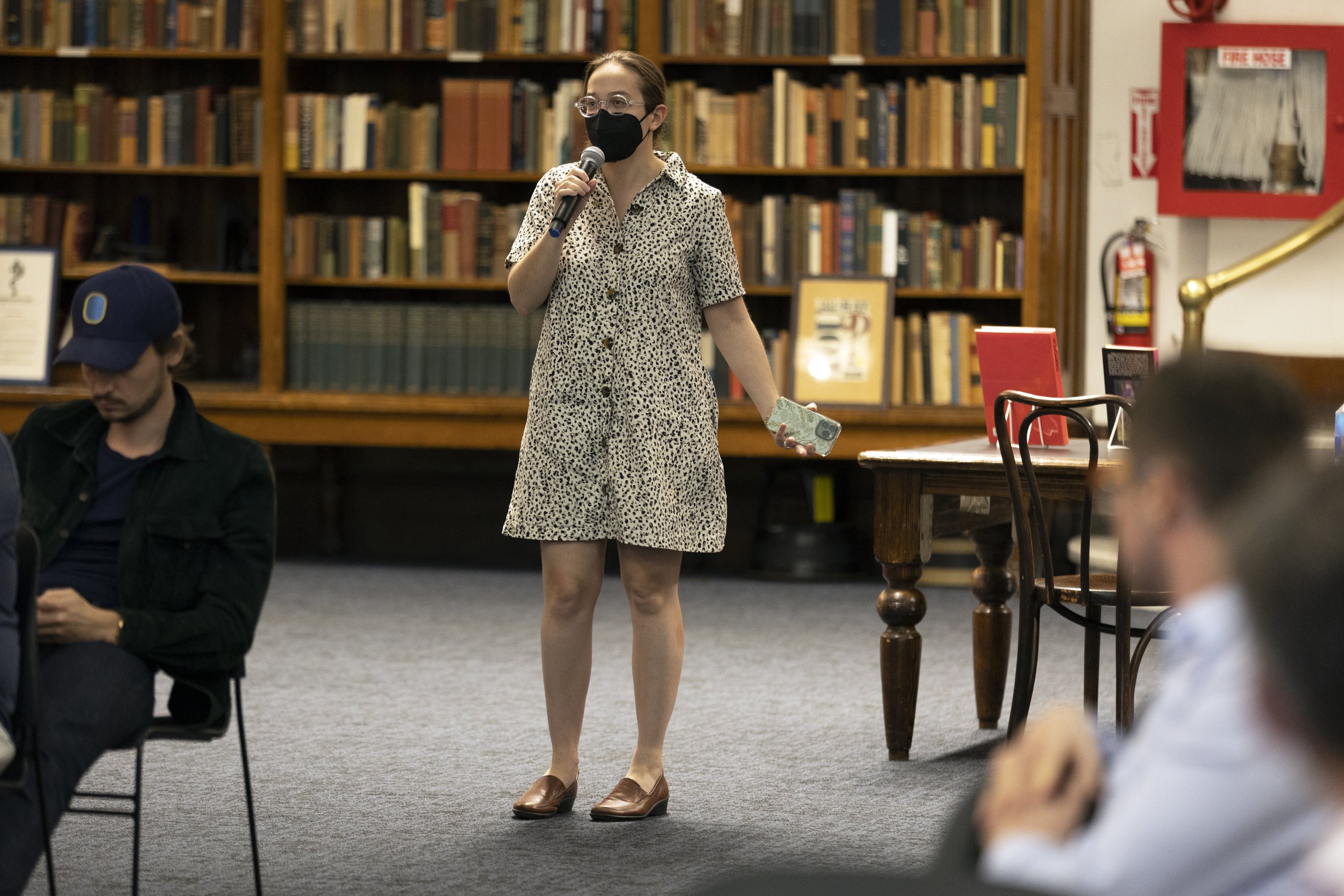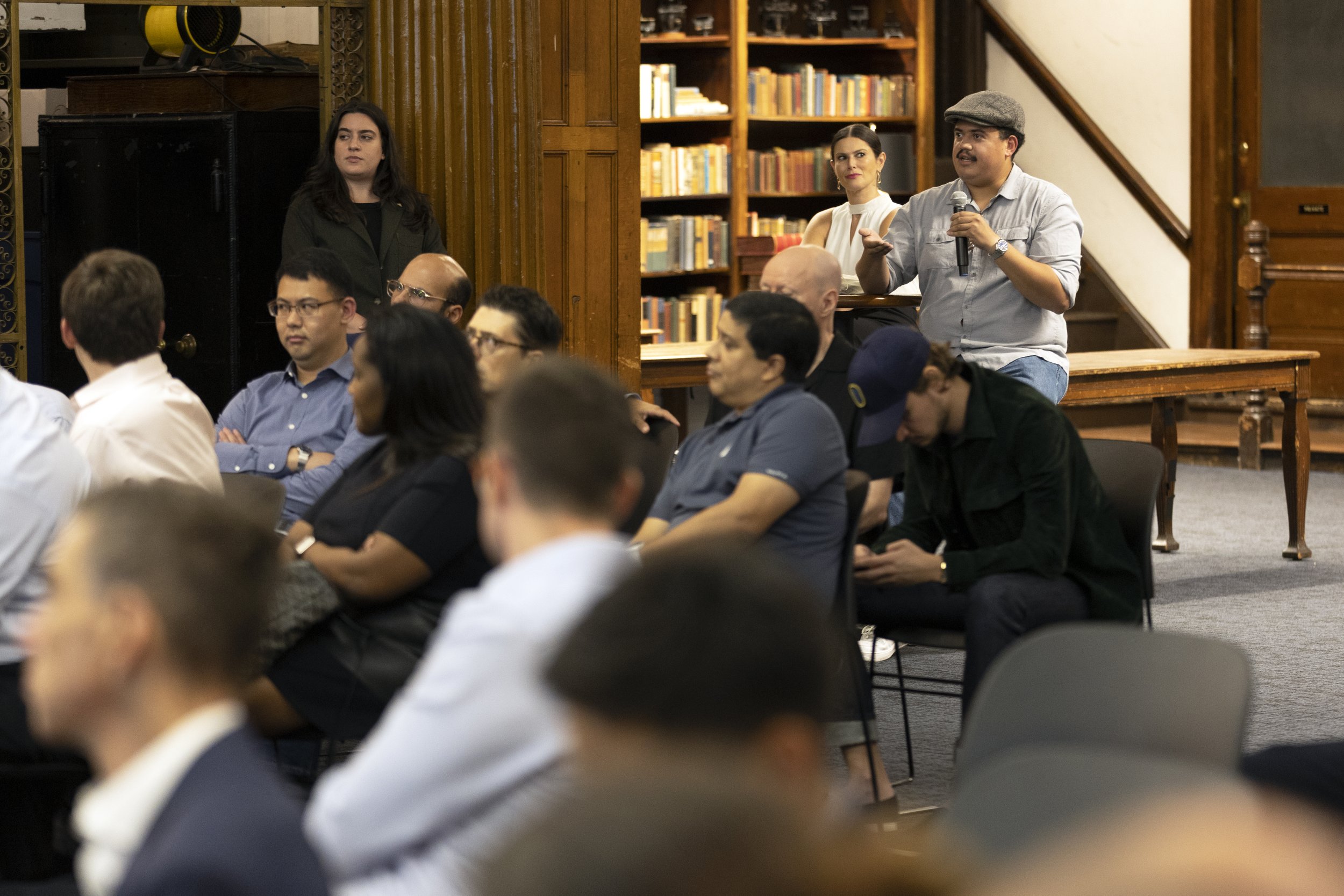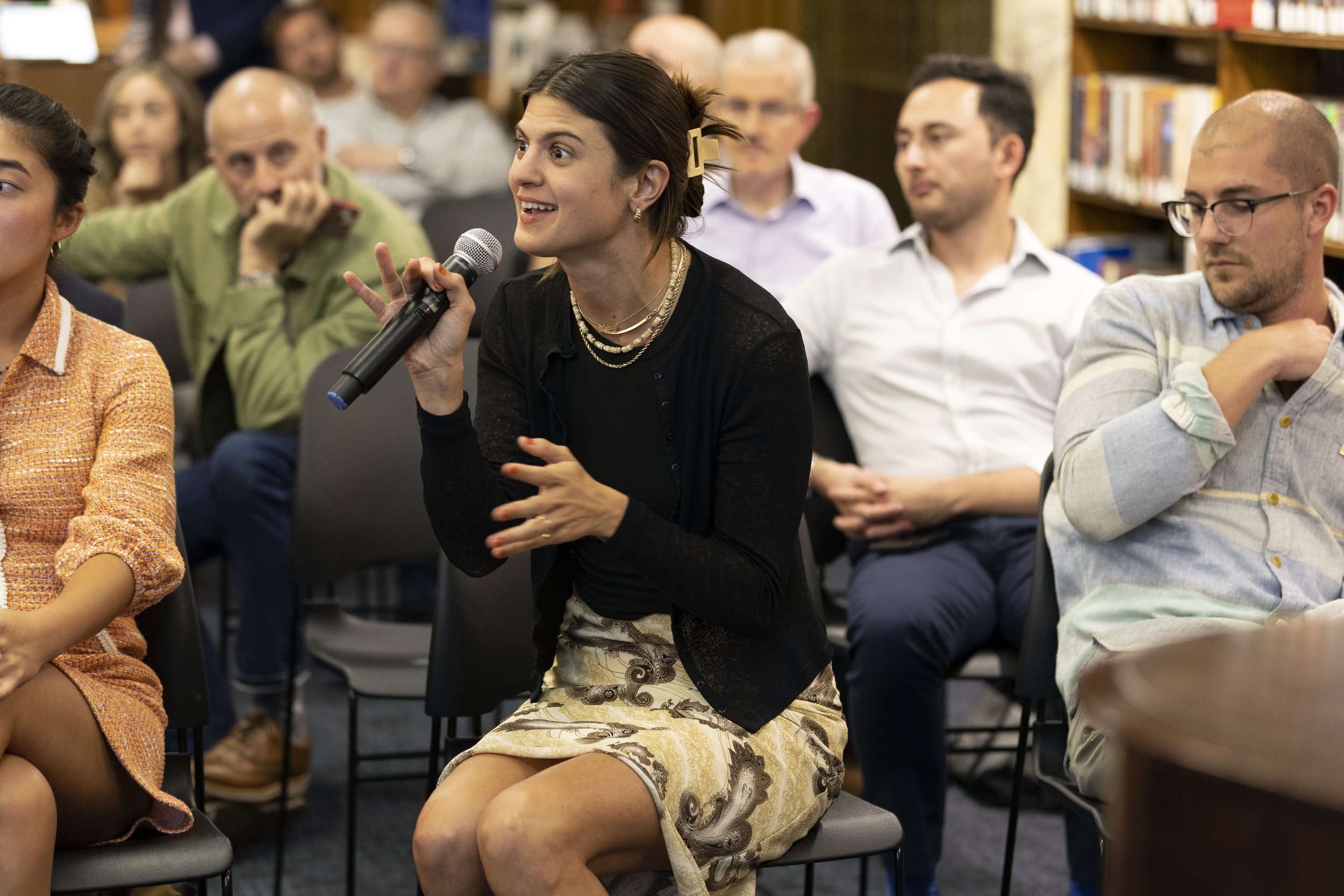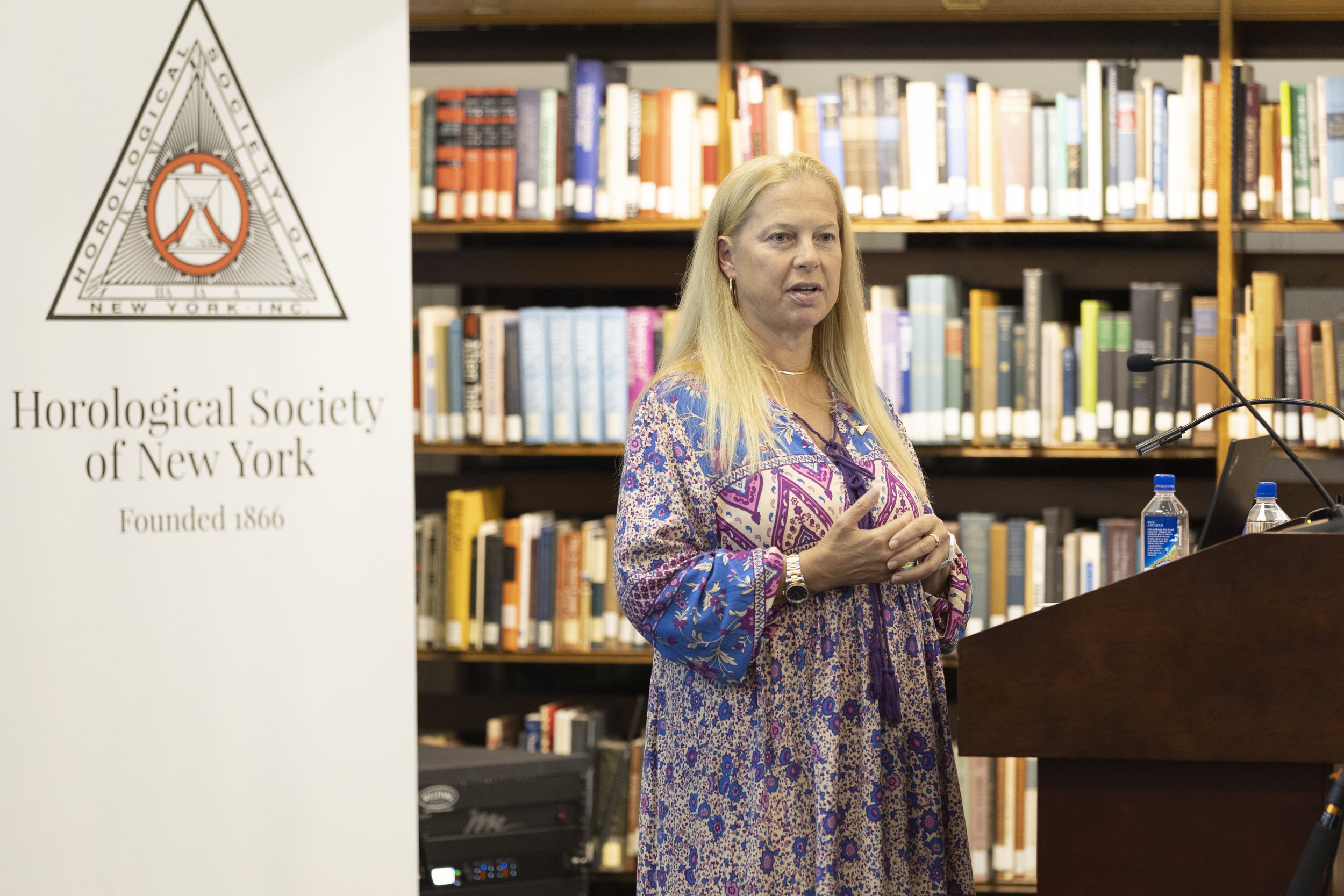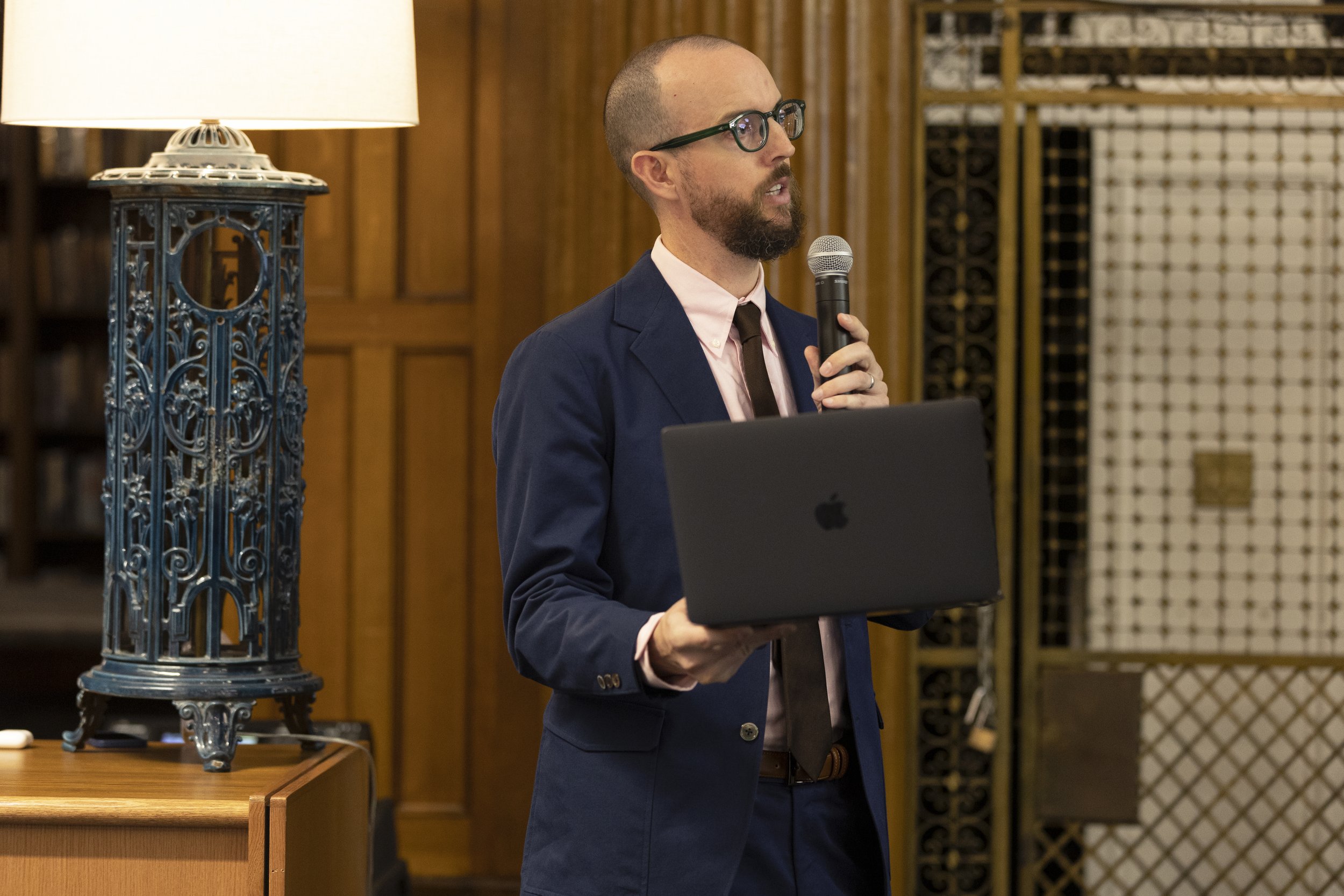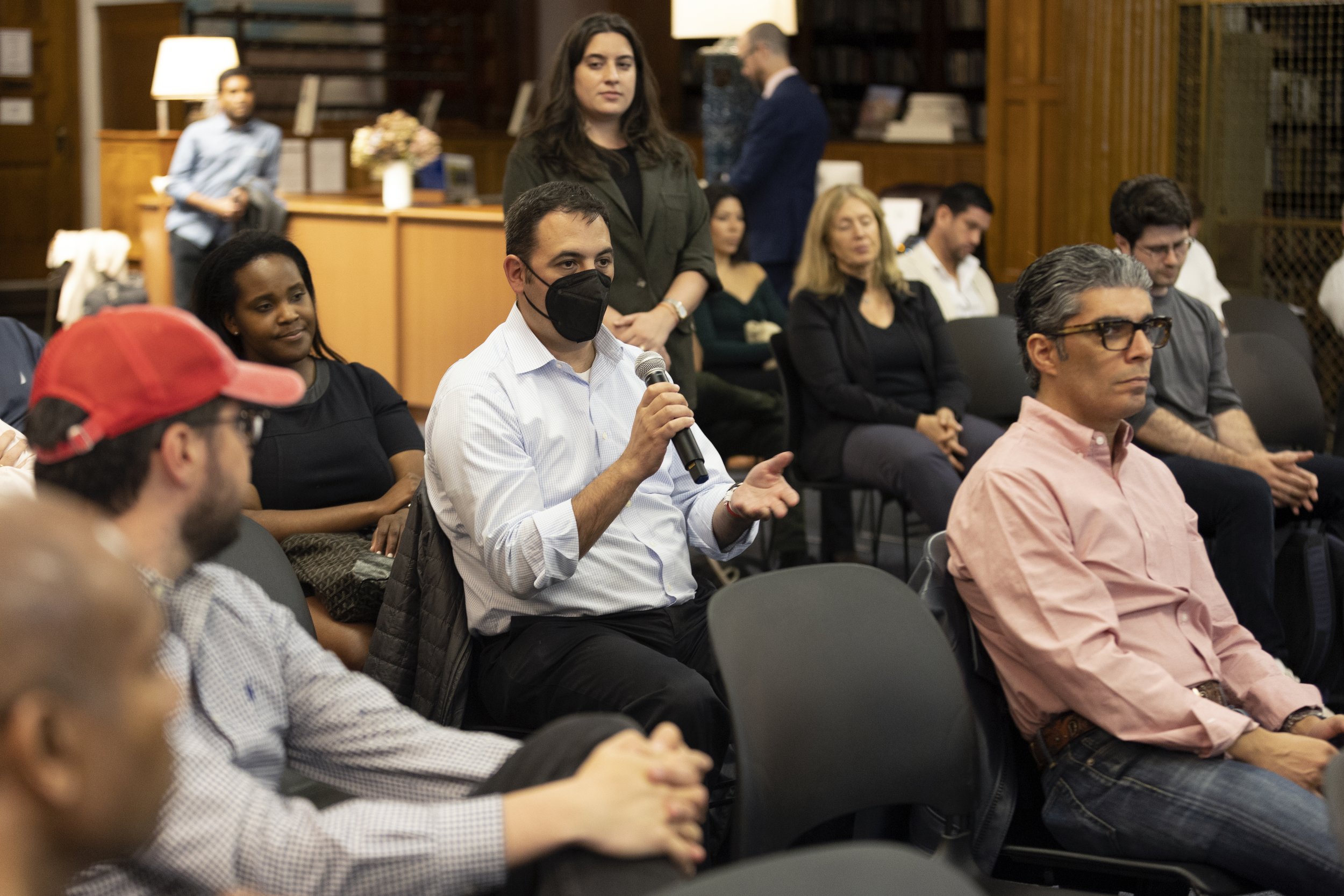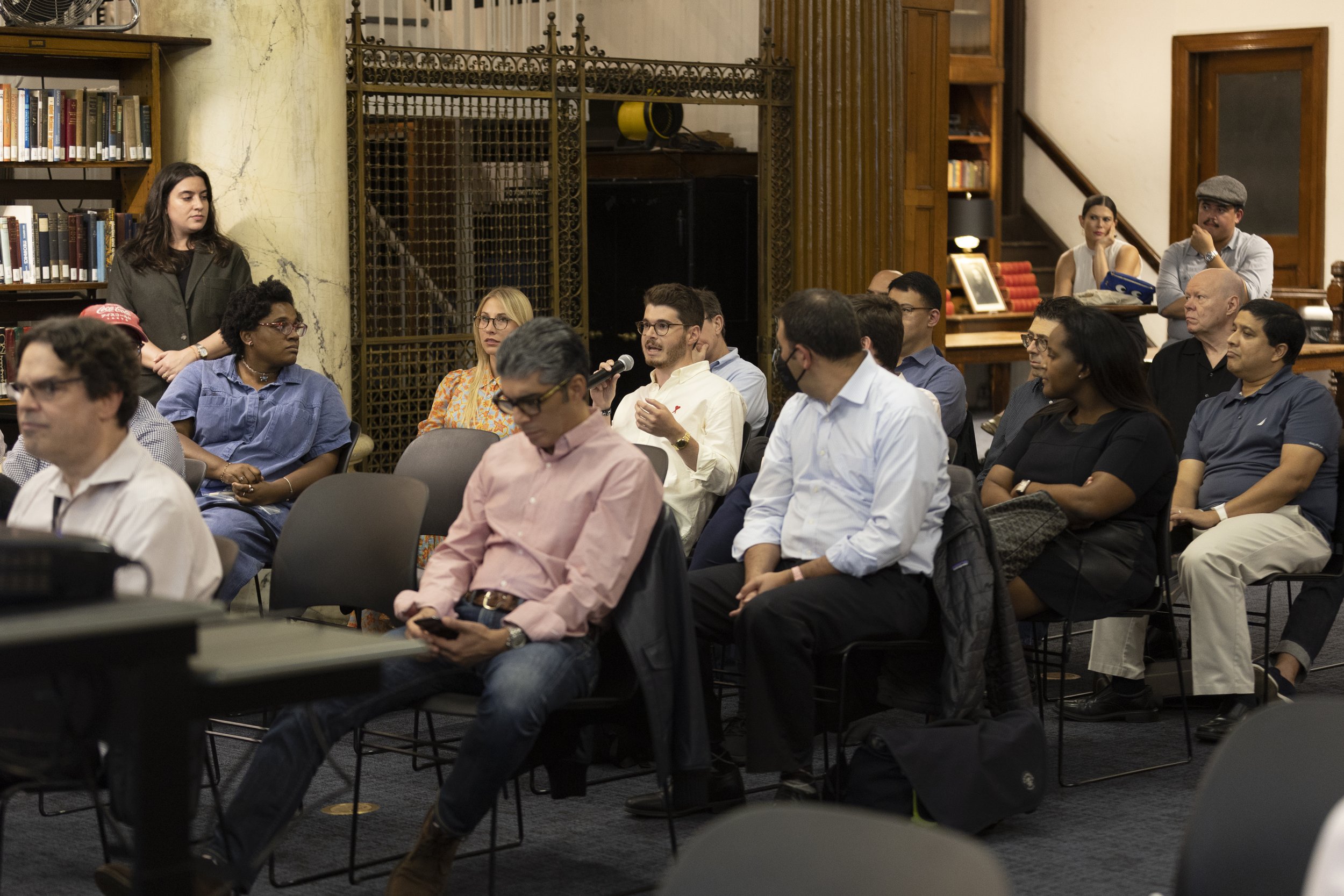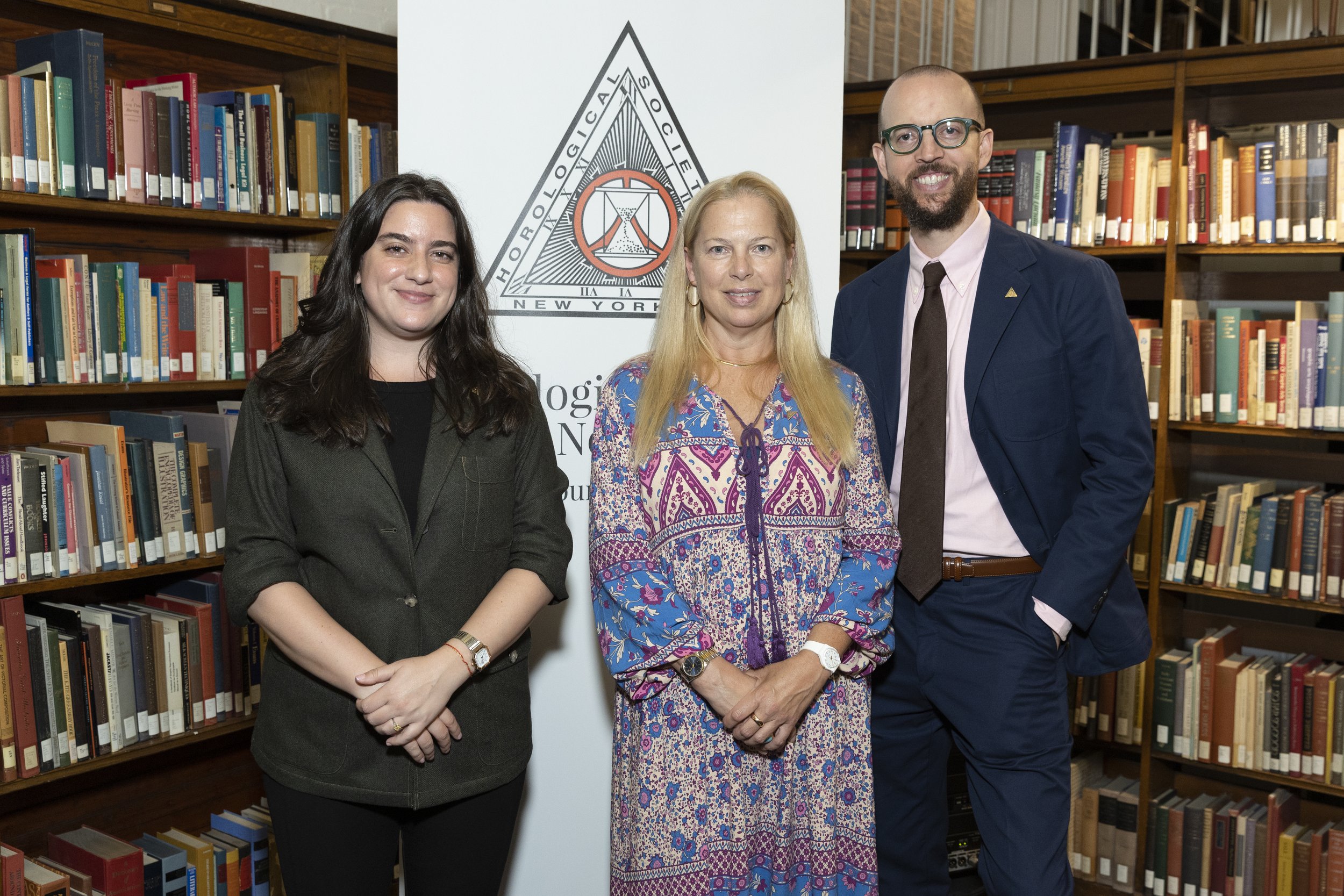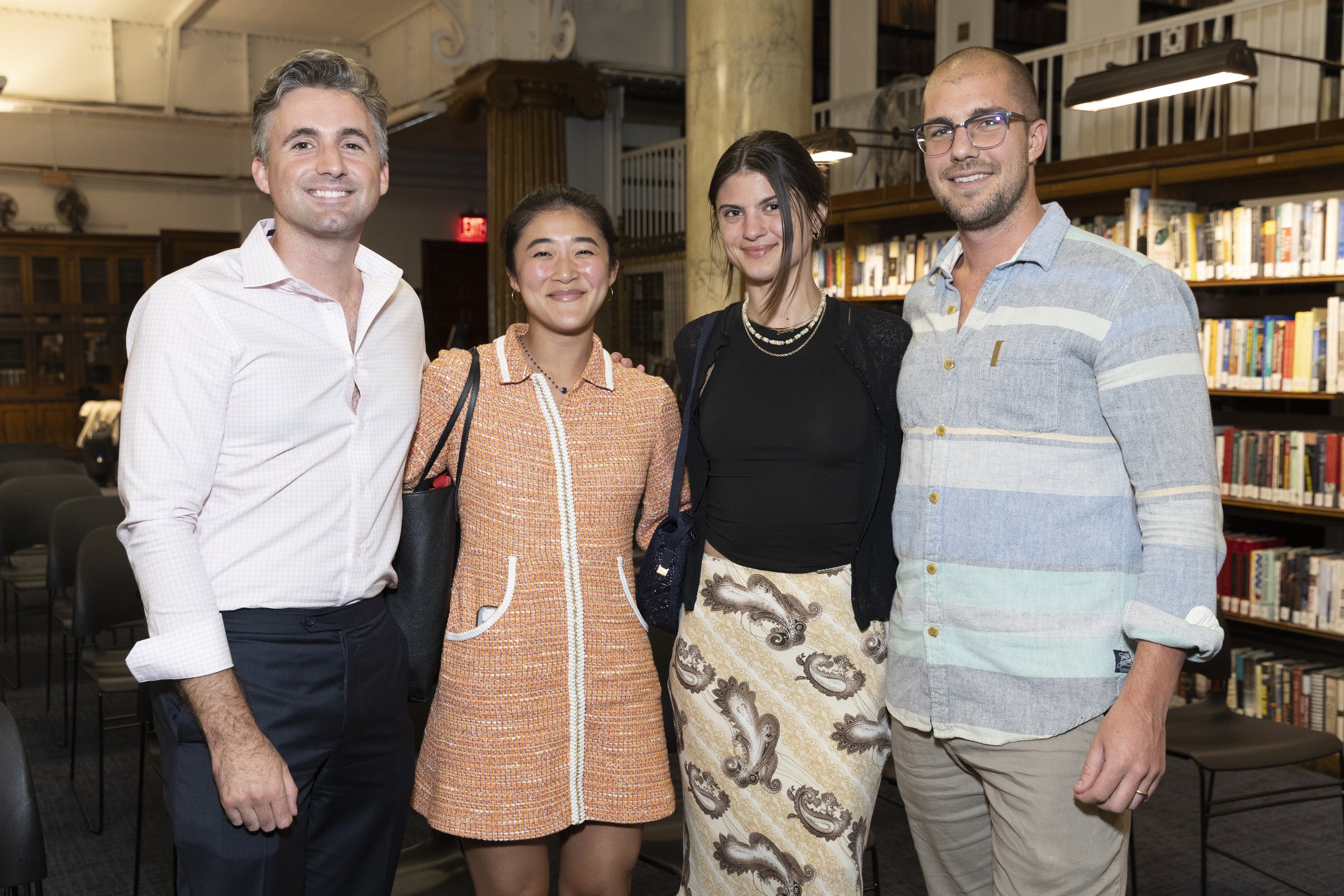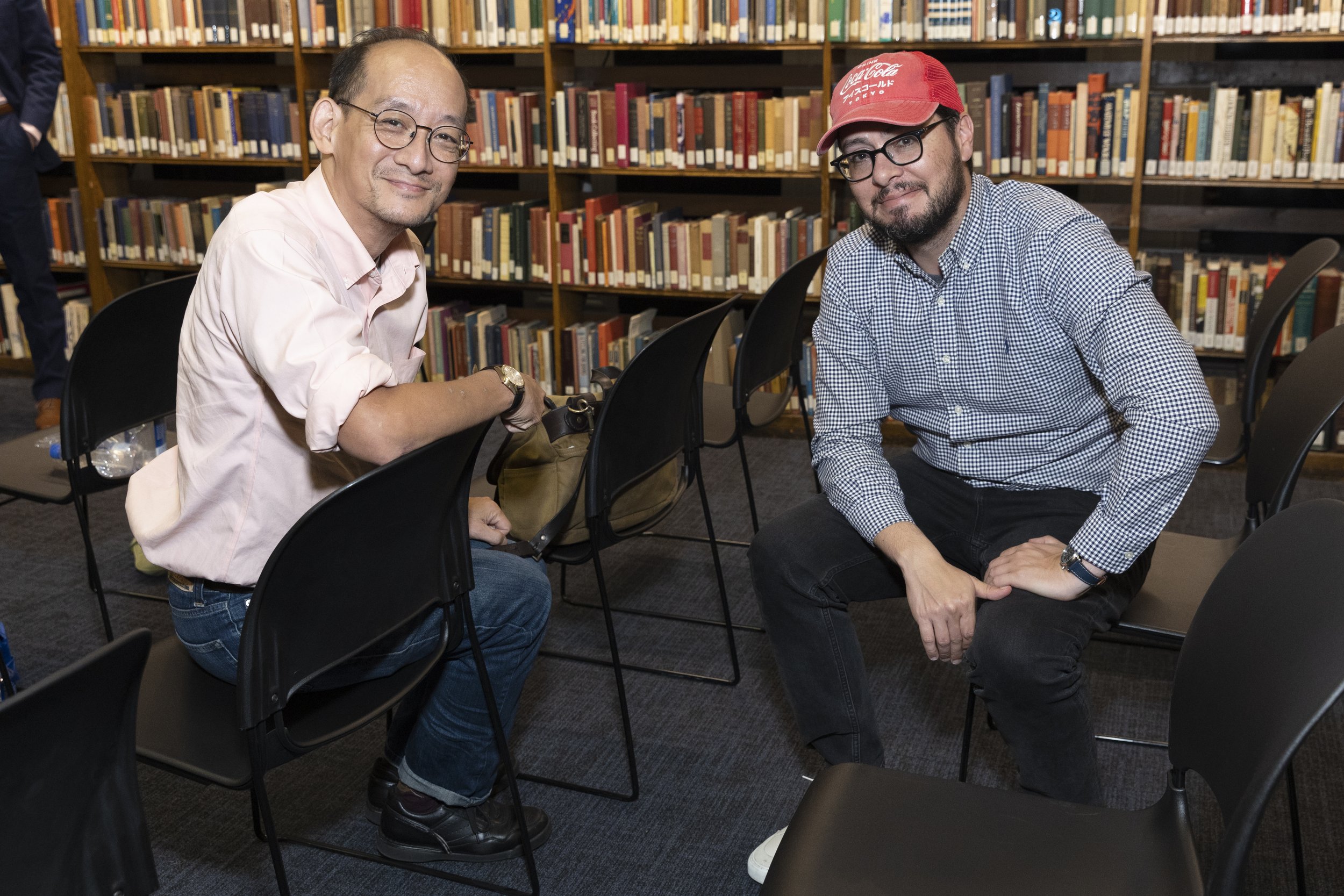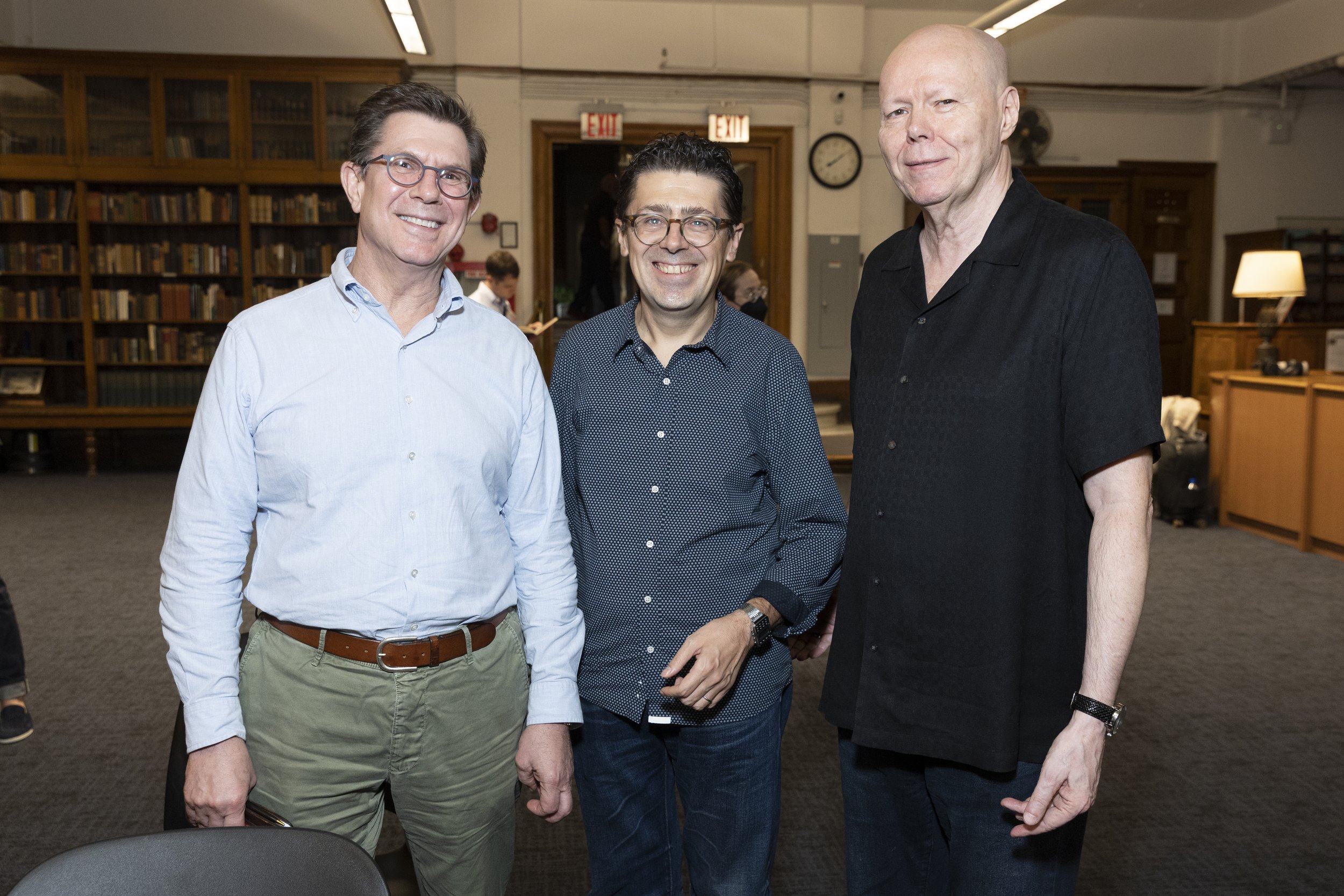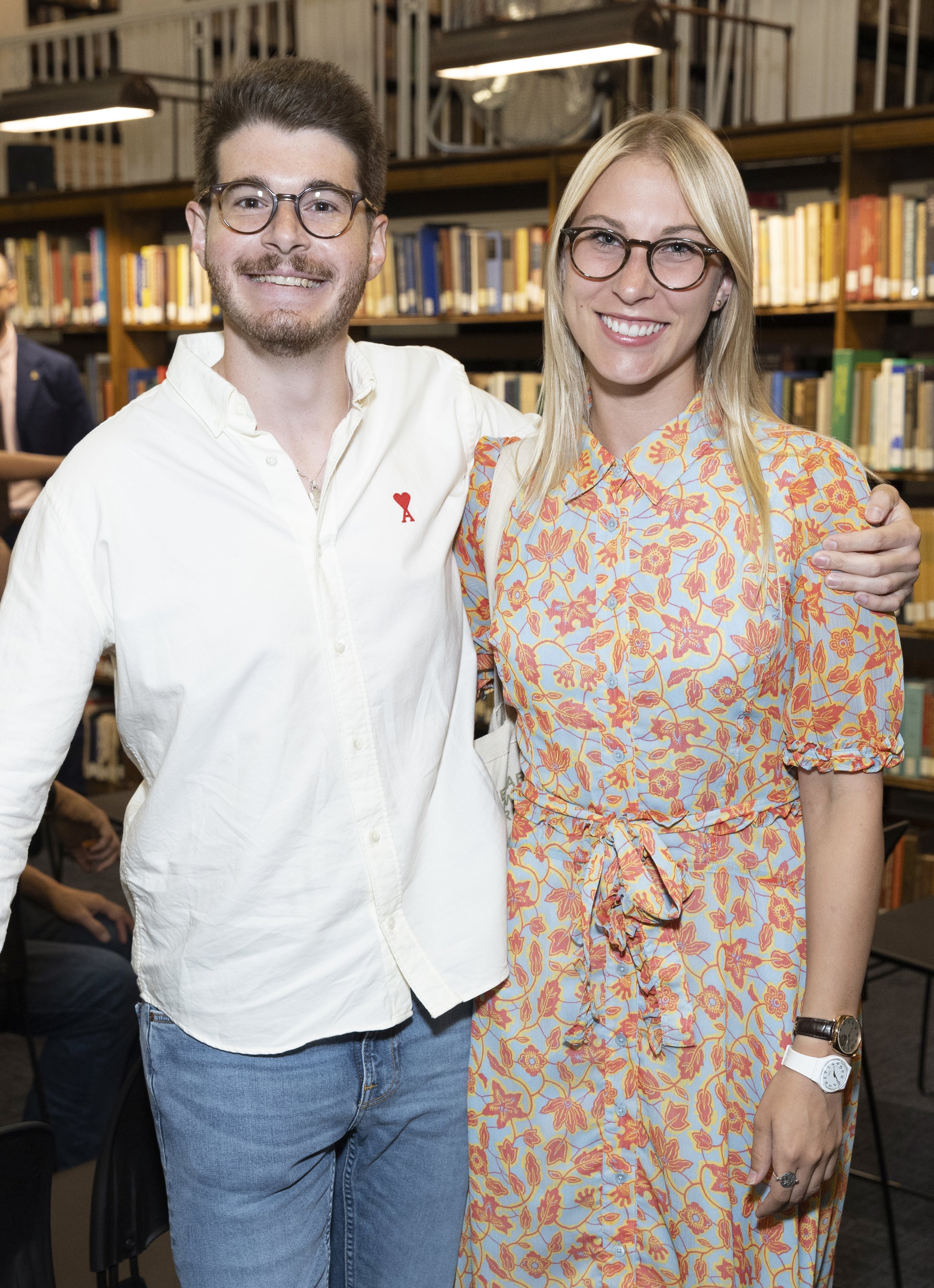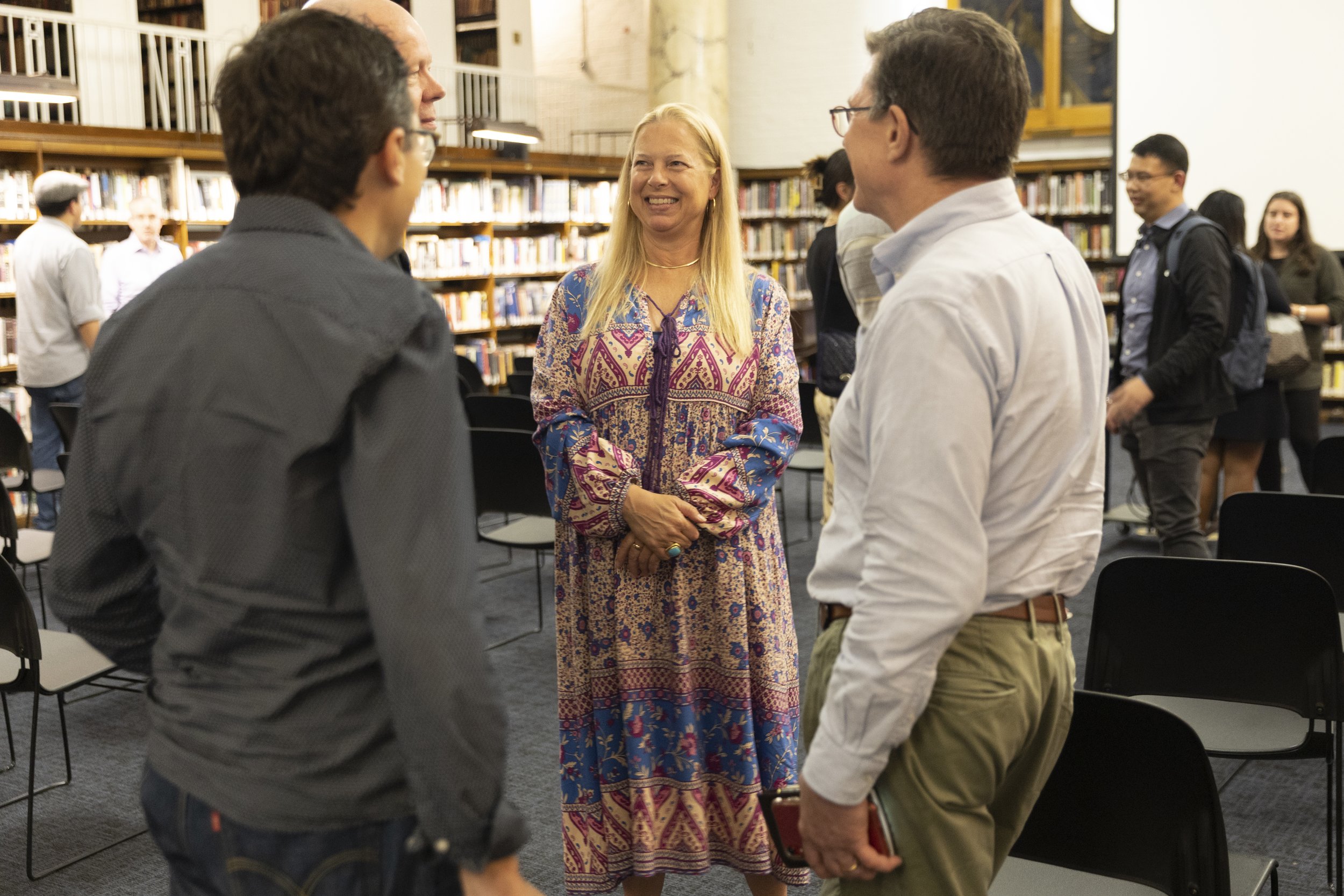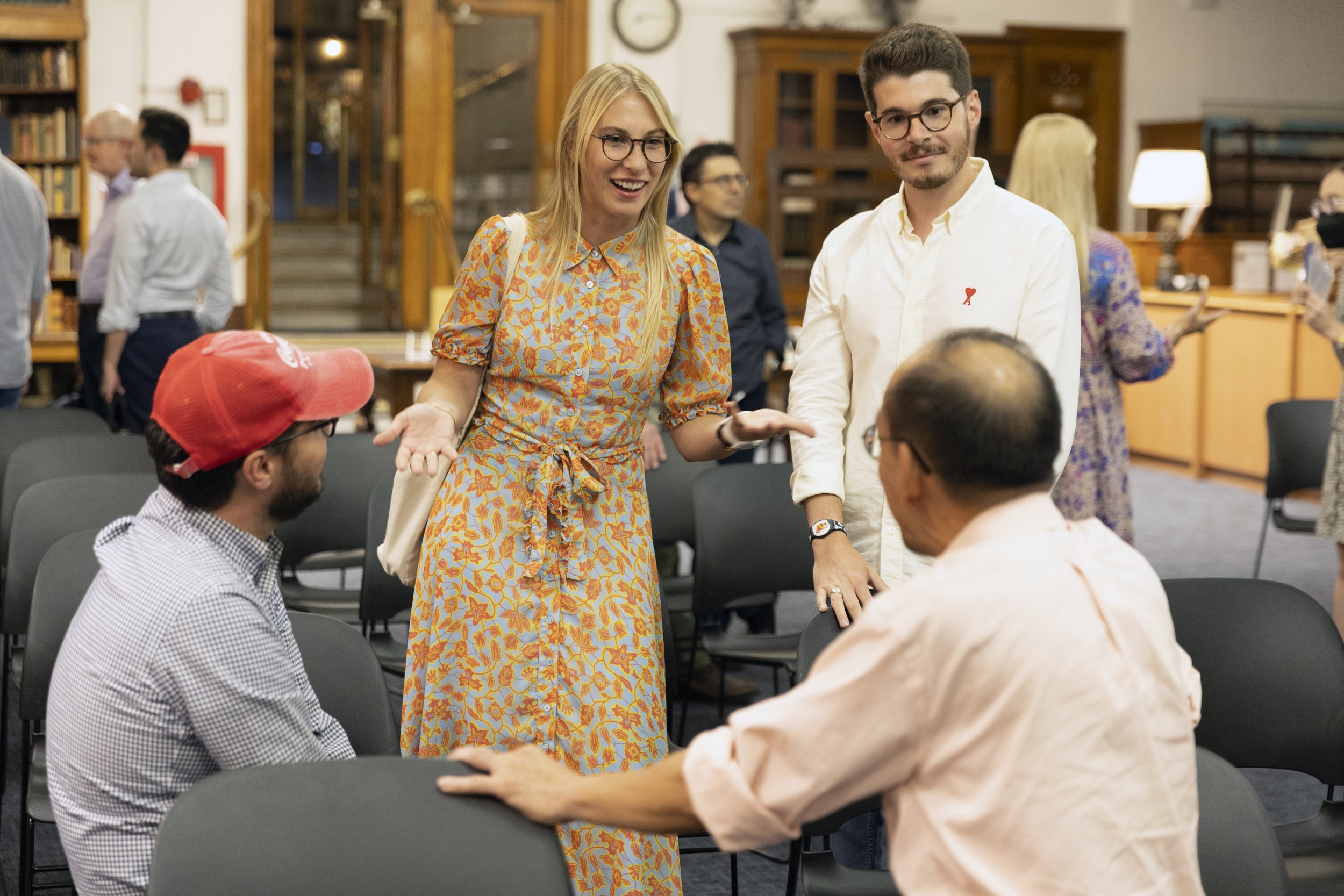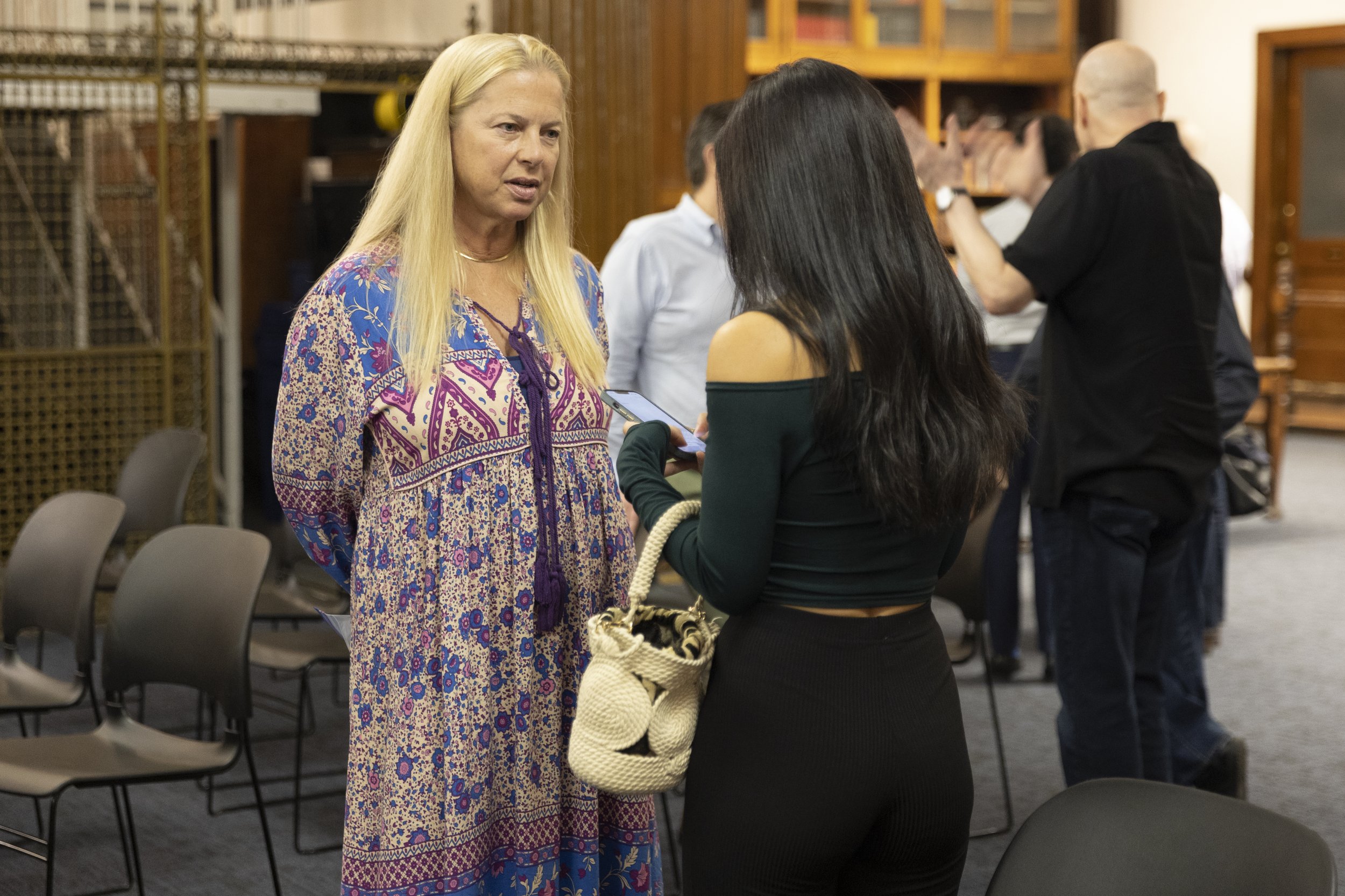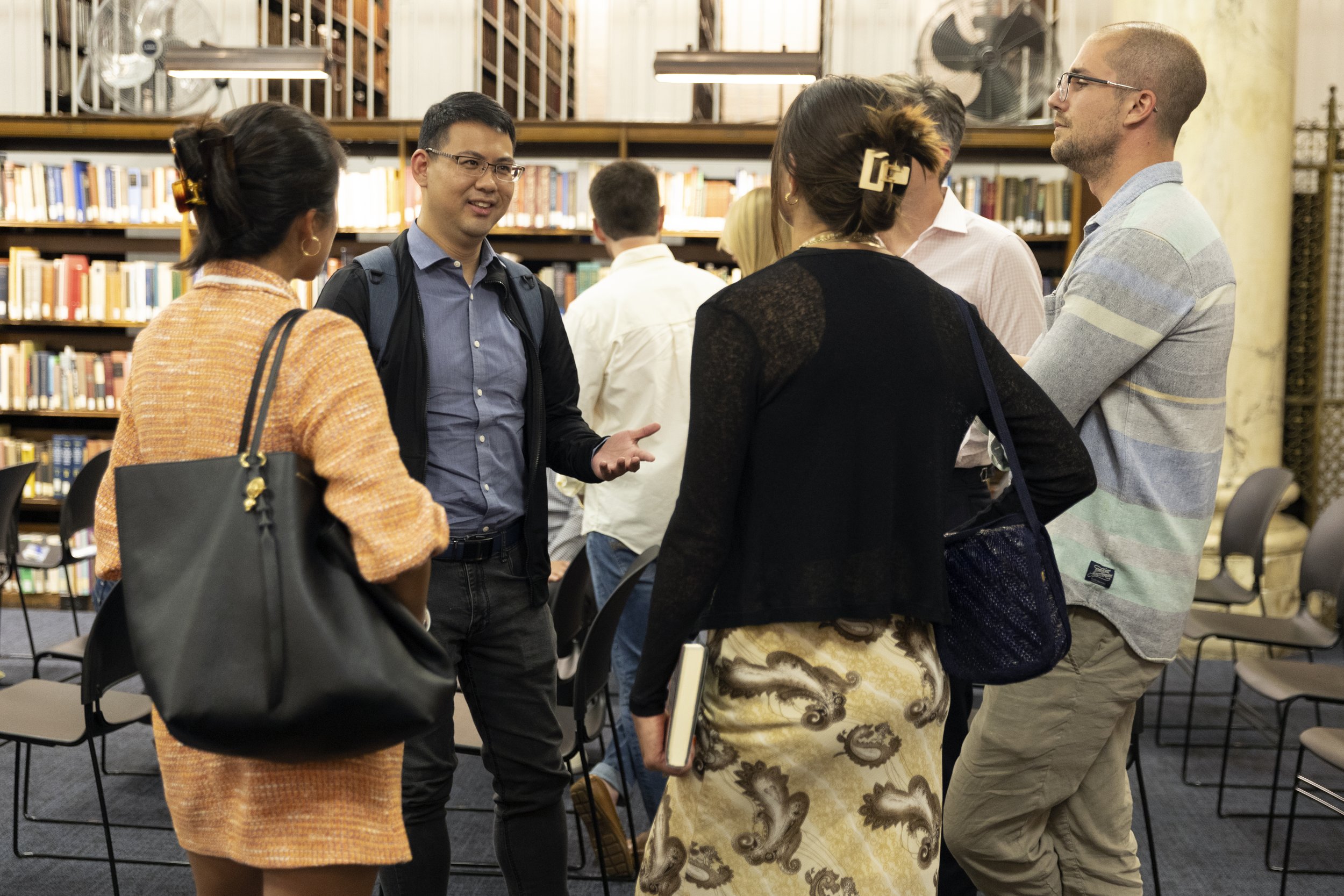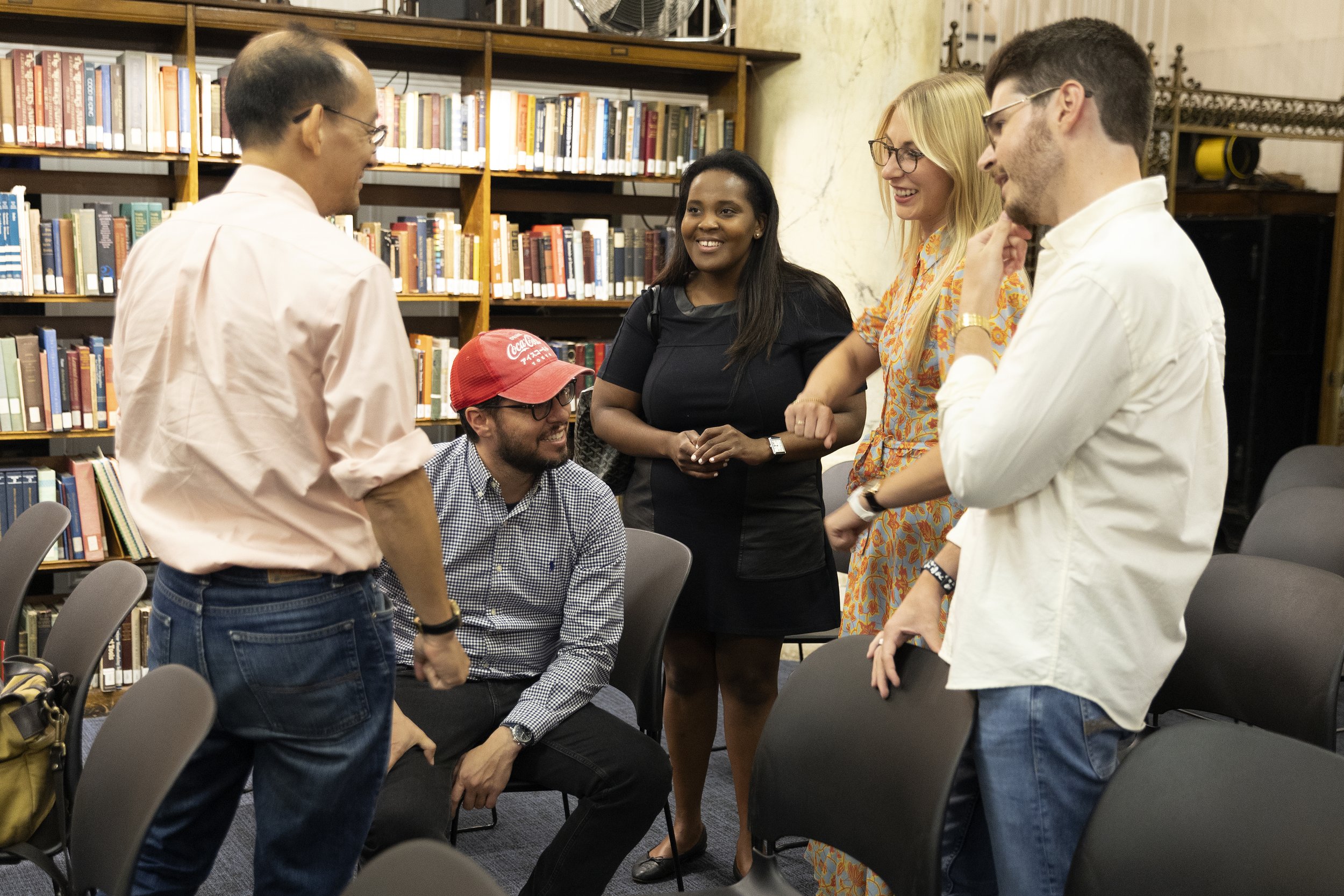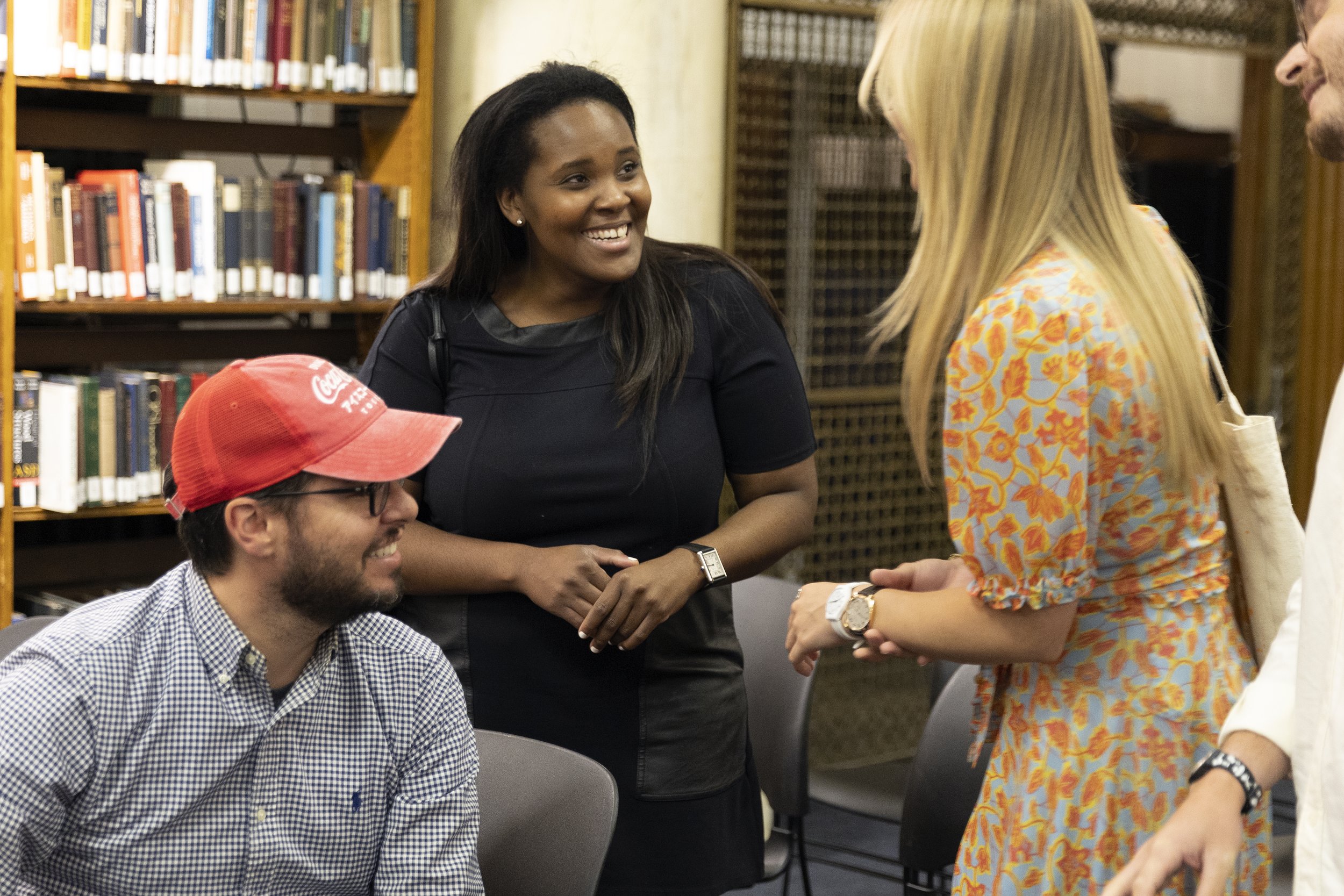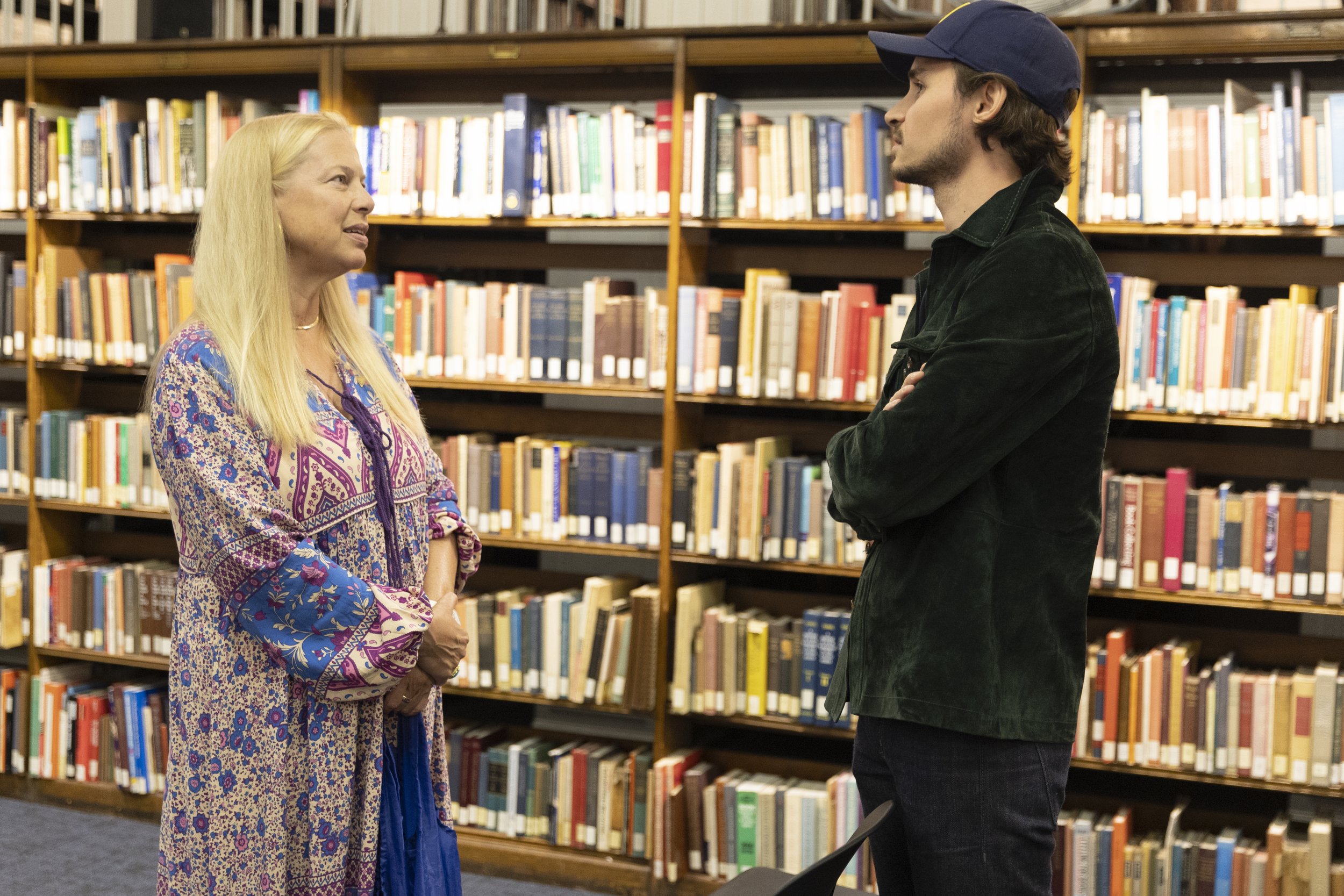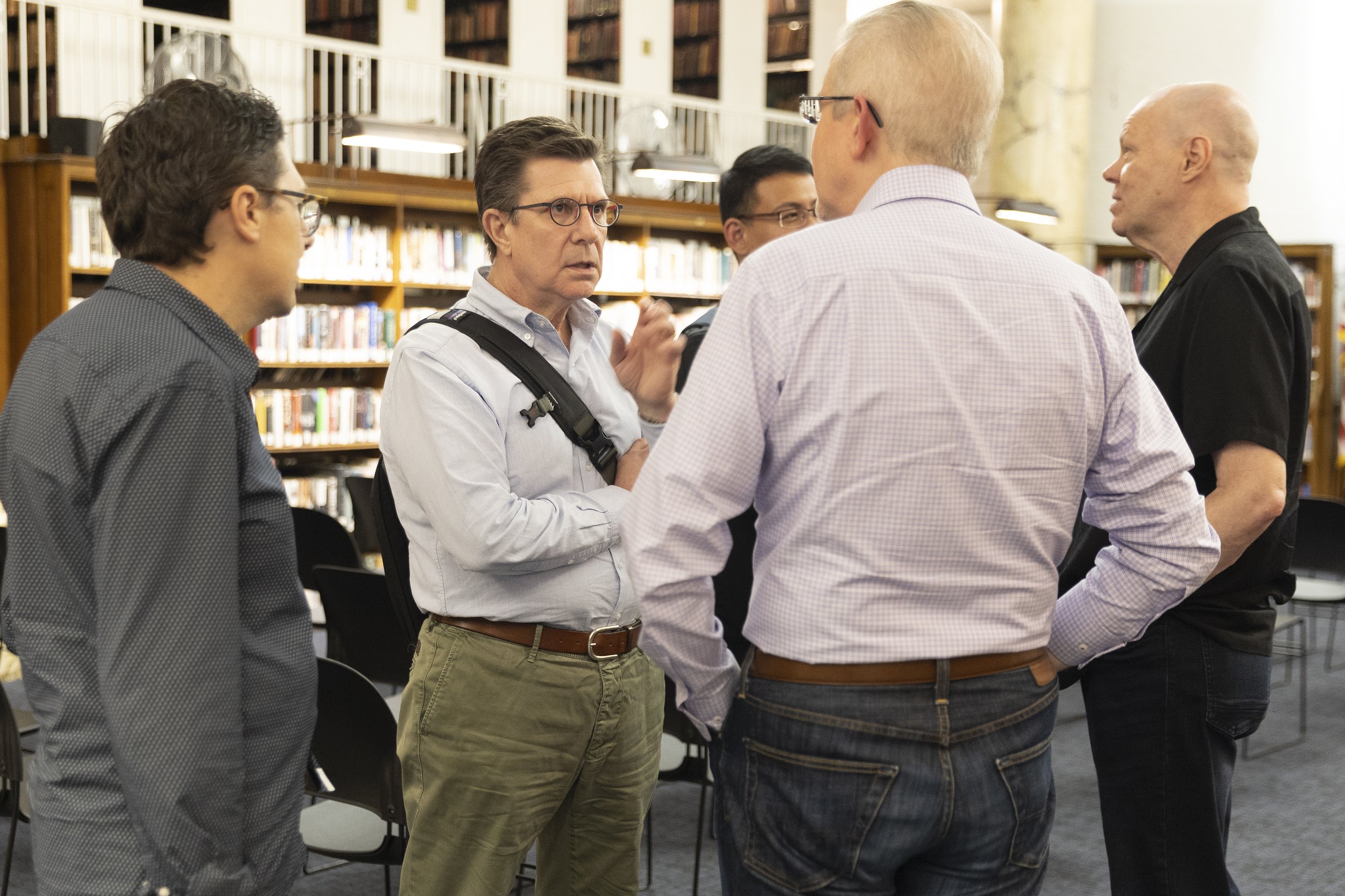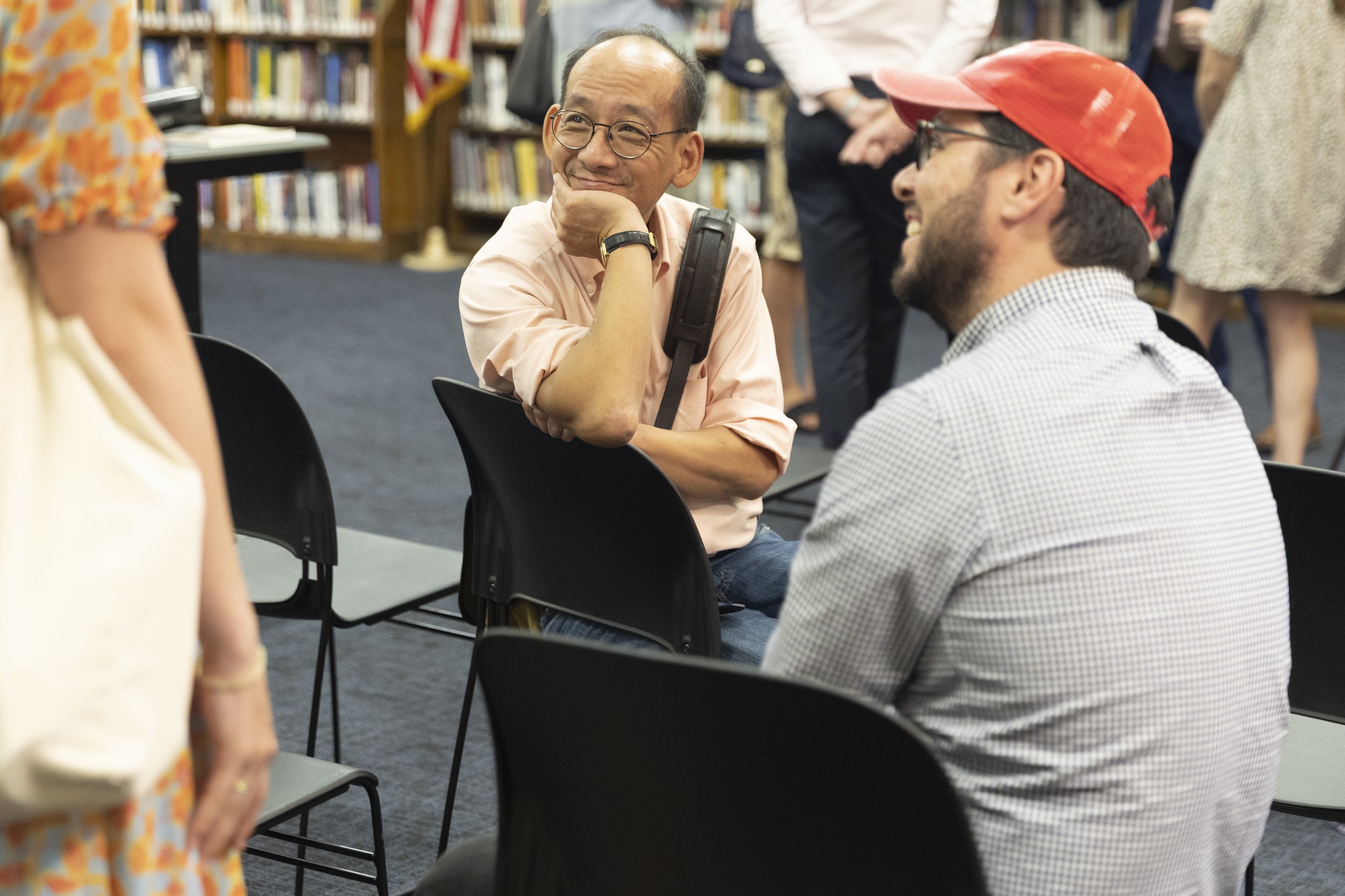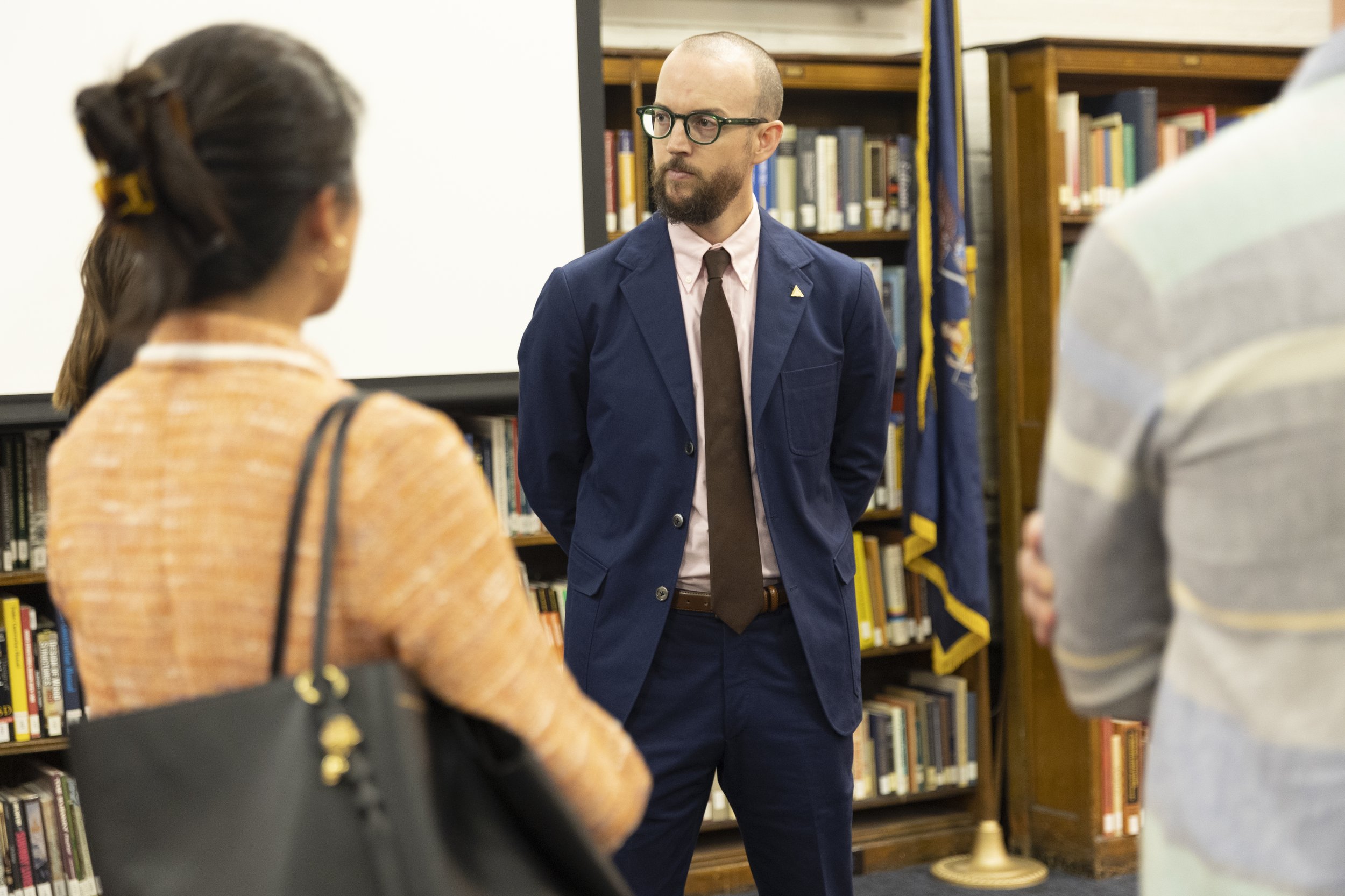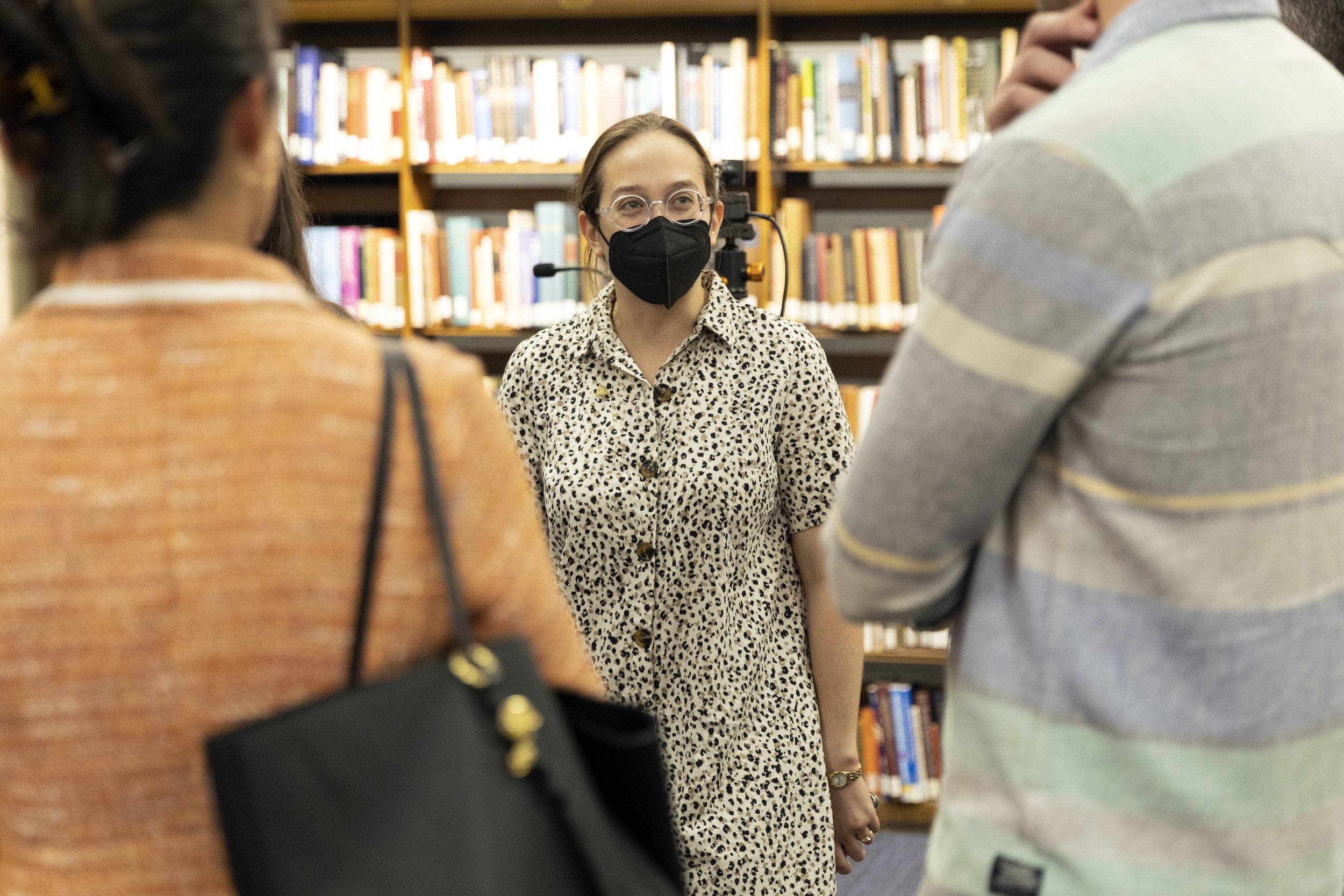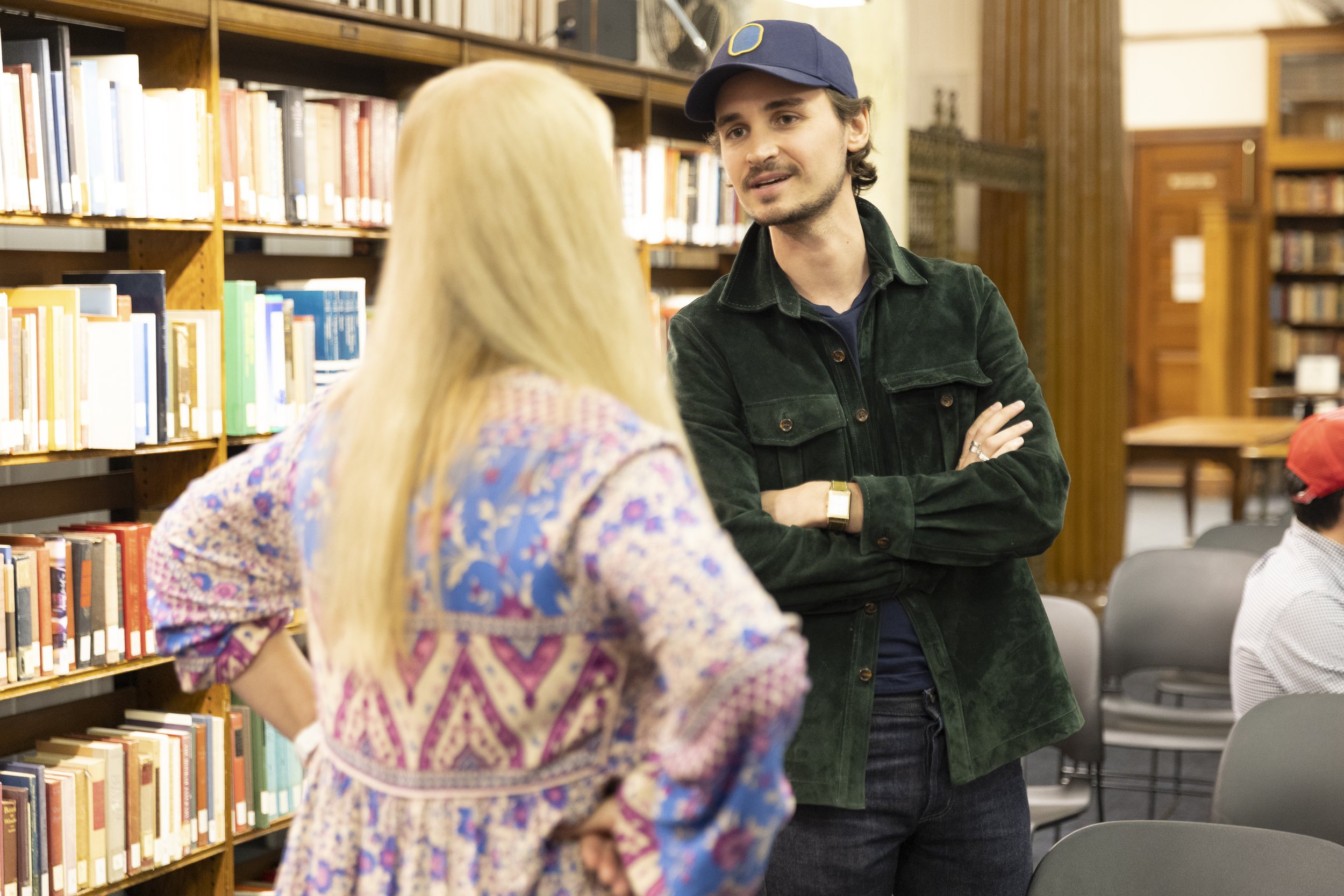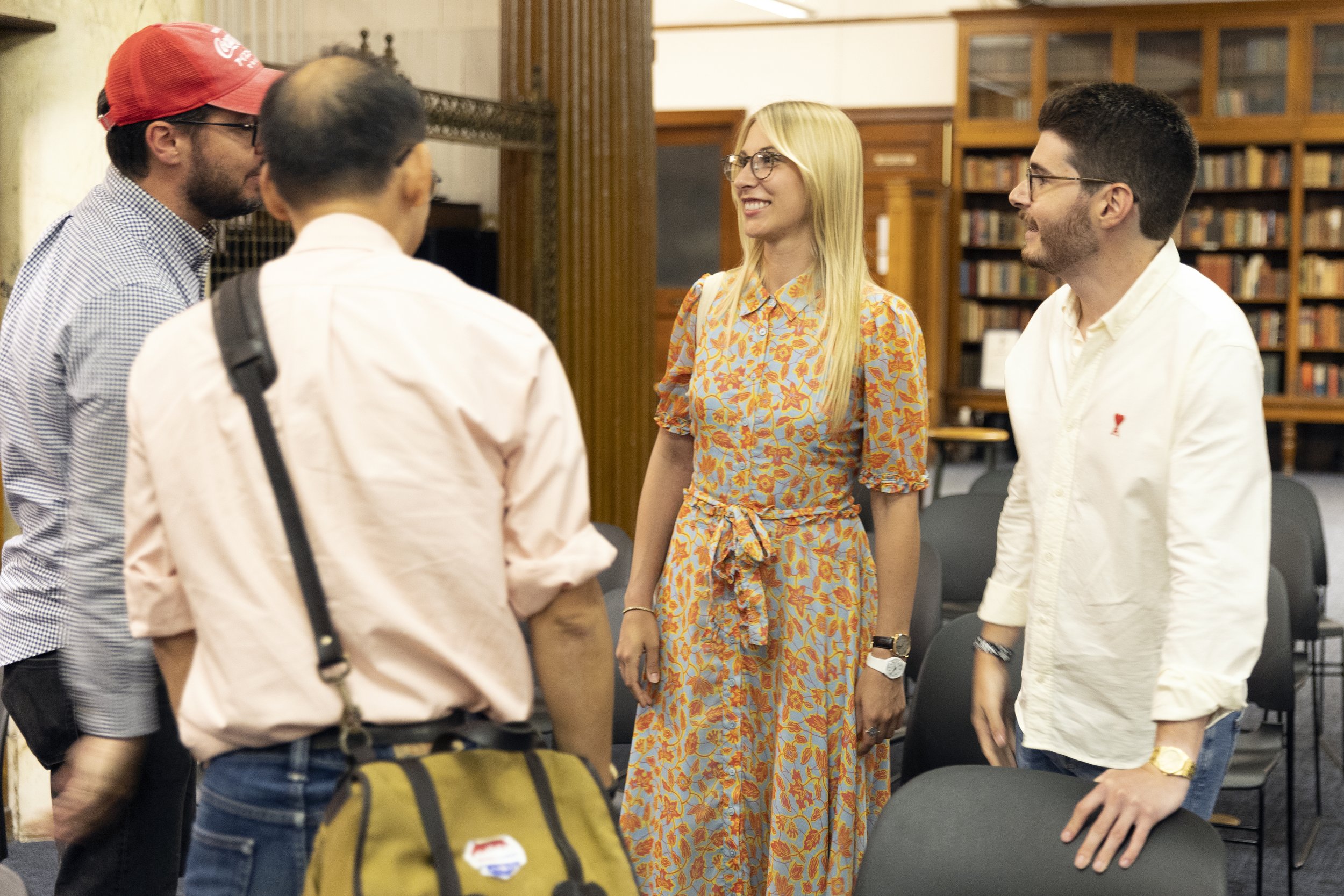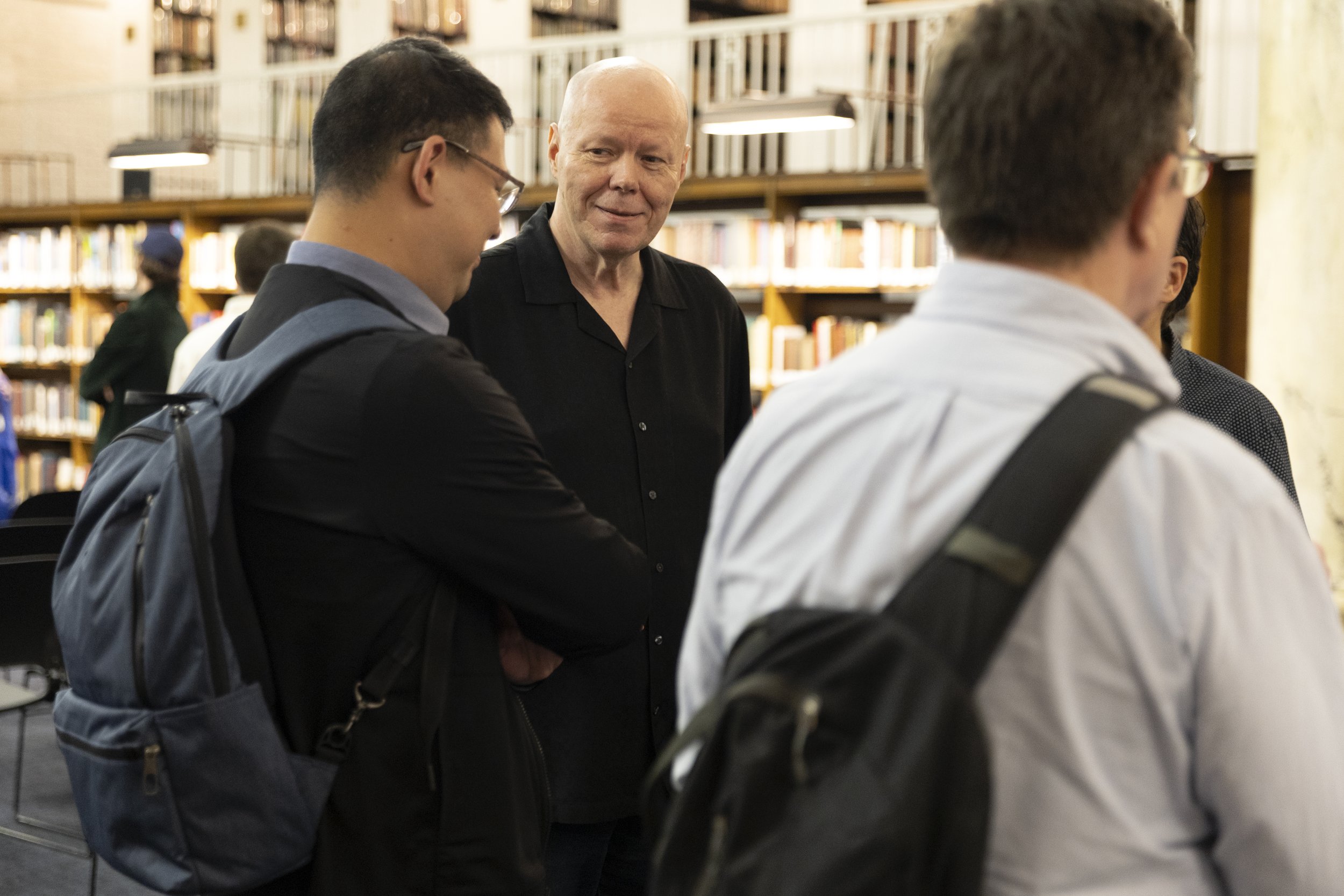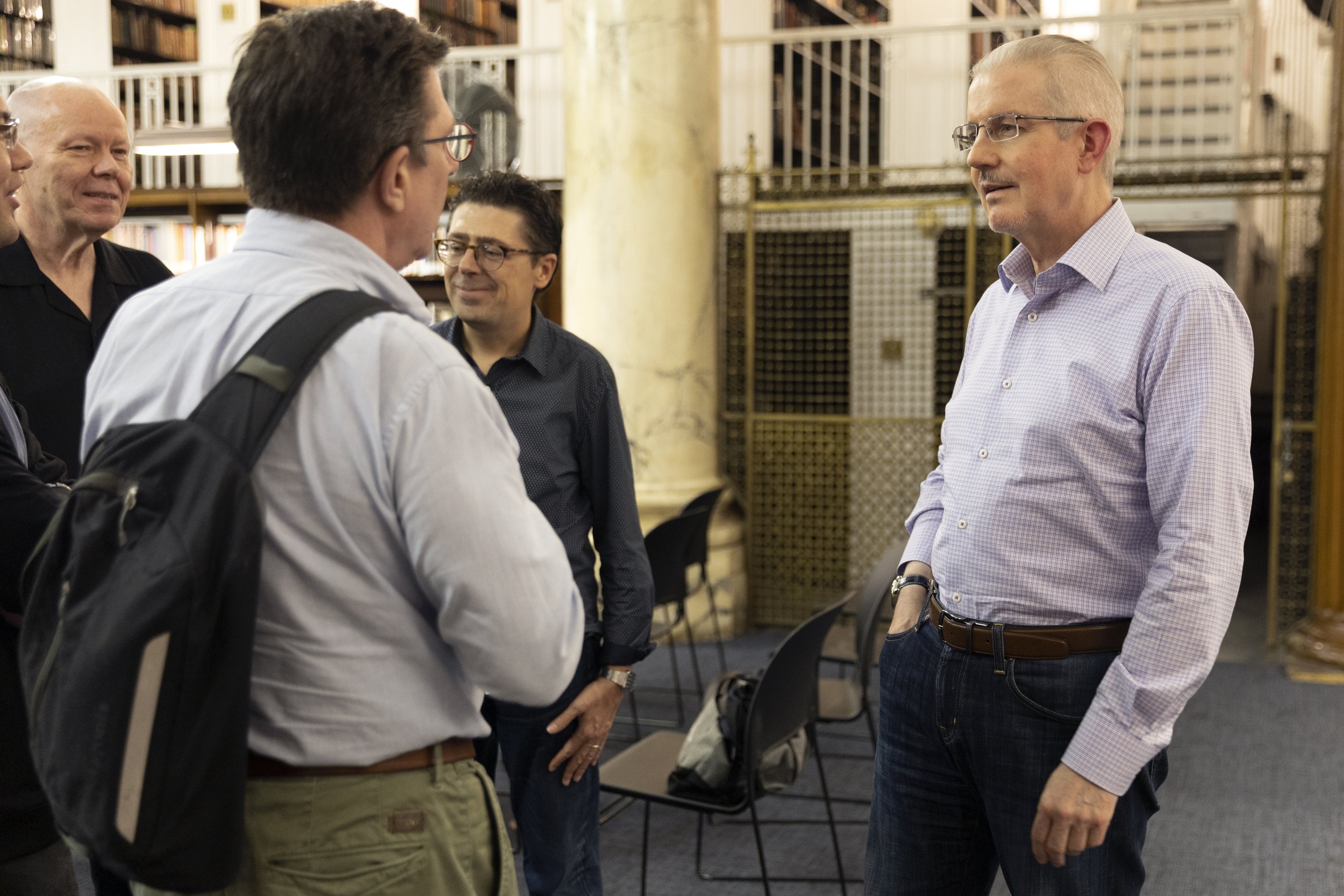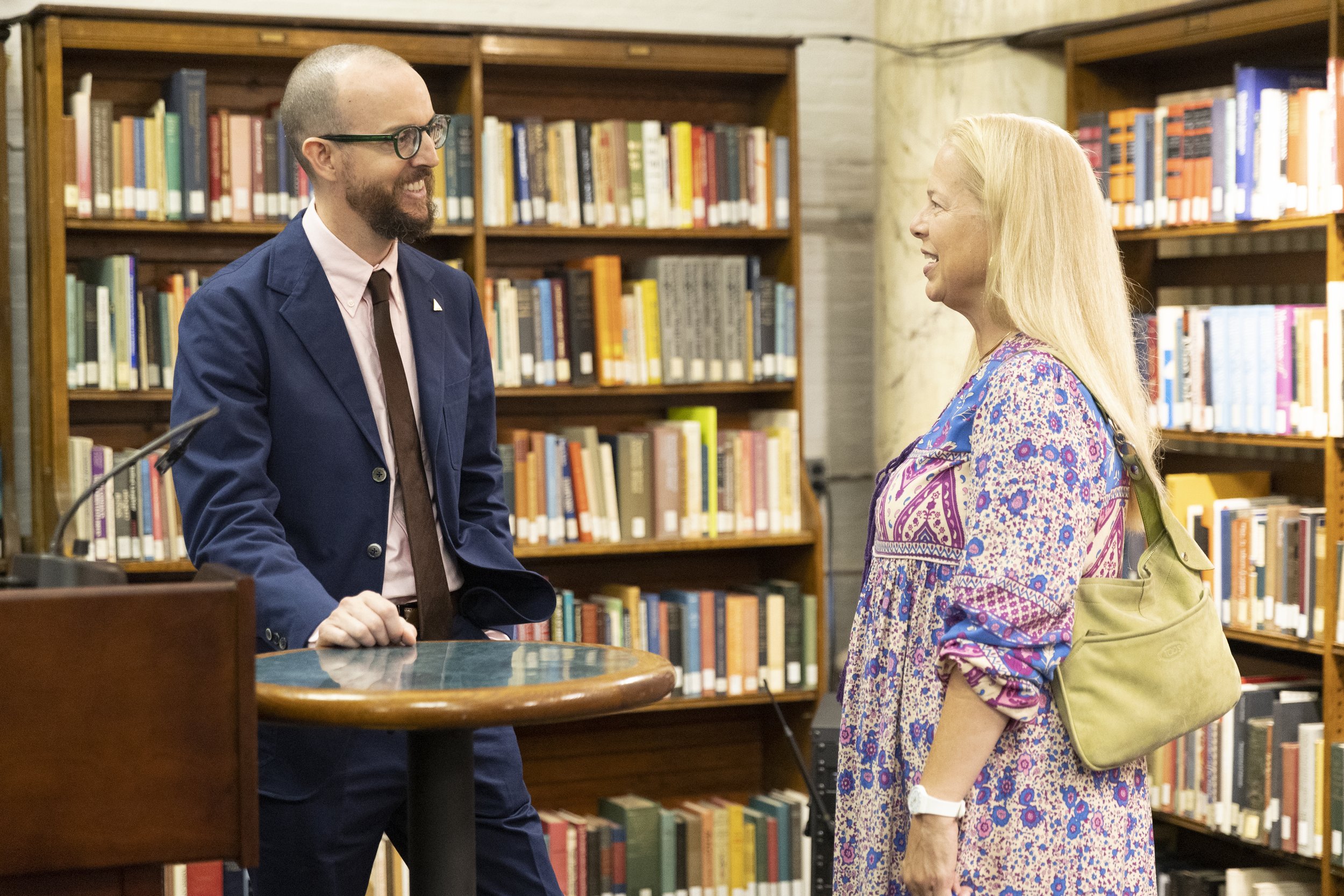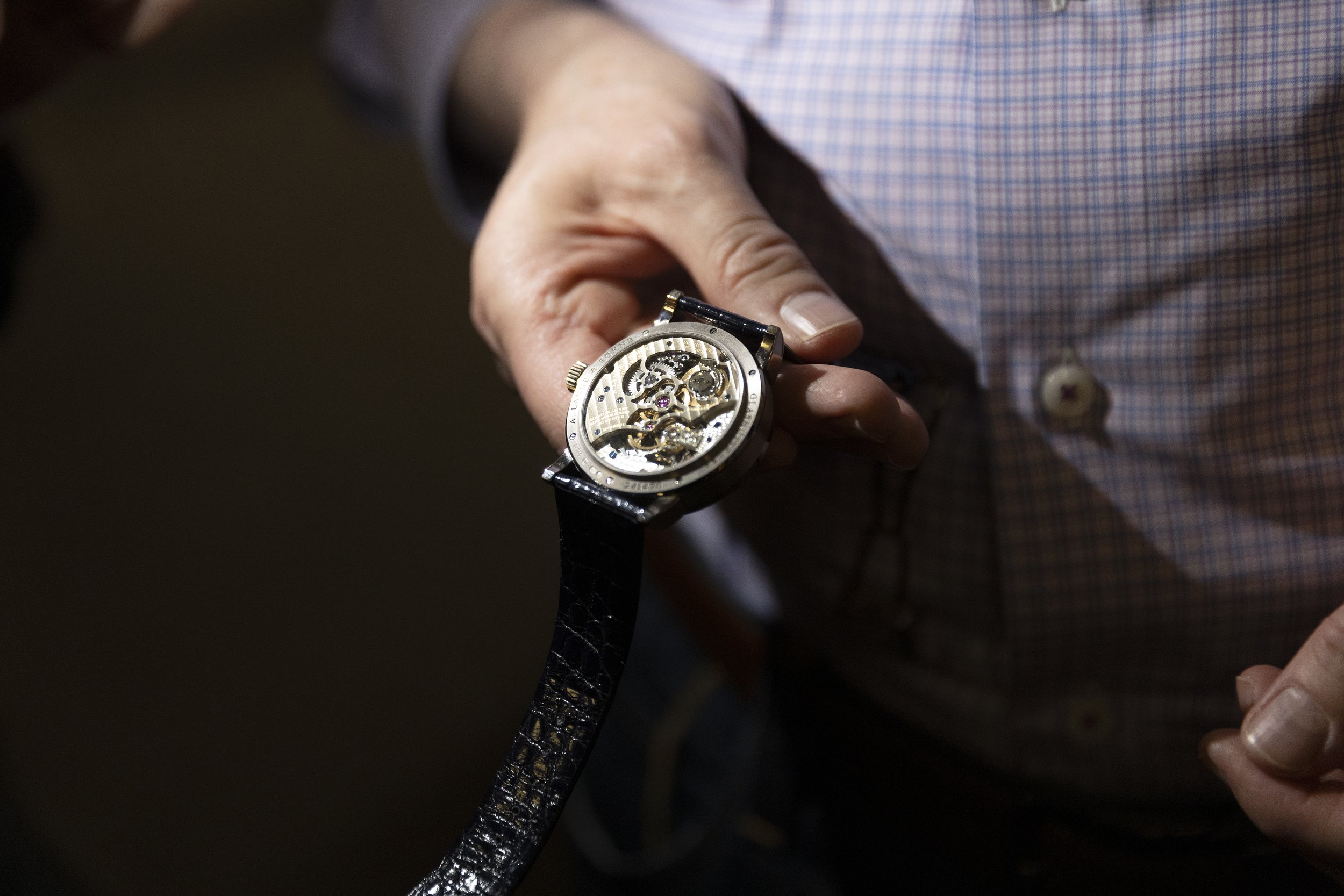The Horological Society of New York (HSNY) announces Swiss publishing house Europa Star has joined as a sponsor.
Europa Star, which is currently offered to HSNY members worldwide, operates a network of international publications covering the watch, jewelry and microtechnology sectors.
The company's origins date back to 1927, when Hugo Buchser, its founder, was a young Swiss entrepreneur with a passion for watches. An experienced traveler and globetrotter, he toured the world for his own watch brand called Transmarine and then had the idea to launch a guide for watch buyers as a first step into the world of publishing. This guide quickly became an essential tool for the entire watch industry.
Under the impetus of Gilbert Maillard, Buchser's son-in-law, who became president of the company in 1962, the network of magazines published in various continents and languages were grouped together under the Europa Star brand in order to cover all the international markets and become a truly global publishing company, establishing Europa Star as a leader in the watch industry's specialized press.
“As a publishing house that has been active for almost a century in promoting the art of watchmaking around the world, we naturally identify with the great educational work of the Horological Society of New York,” says Serge Maillard, director of Europa Star and great-grandson of the founder. “The way HSNY has reinvented itself over the past decade to speak to new generations of watch enthusiasts is truly remarkable and inspiring to us.”
Today, Europa Star is spearheaded by a fourth generation with Serge Maillard serving as publisher and CEO. Among the most memorable recent achievements is the digitization of the publishing house's archives, bringing the total content available online to over 250,000 pages covering almost a century of watchmaking history.
HSNY welcomes Europa Star and thanks them for their incredible support!
# # #
ABOUT THE HOROLOGICAL SOCIETY OF NEW YORK
Founded in 1866, the Horological Society of New York (HSNY) is one of the oldest continuously operating horological associations in the world. Today, HSNY is a 501(c)(3) nonprofit organization dedicated to advancing the art and science of horology through education. Members are a diverse mix of watchmakers, clockmakers, executives, journalists, auctioneers, historians, salespeople and collectors, reflecting the rich nature of horology in New York City and around the world.






















